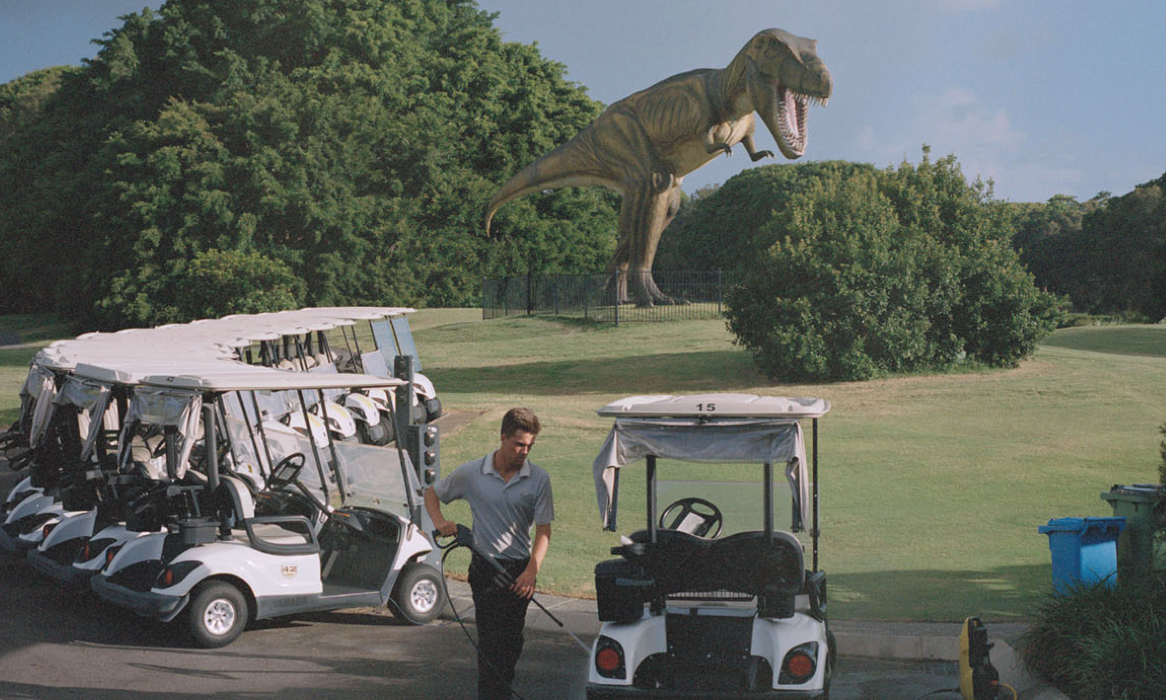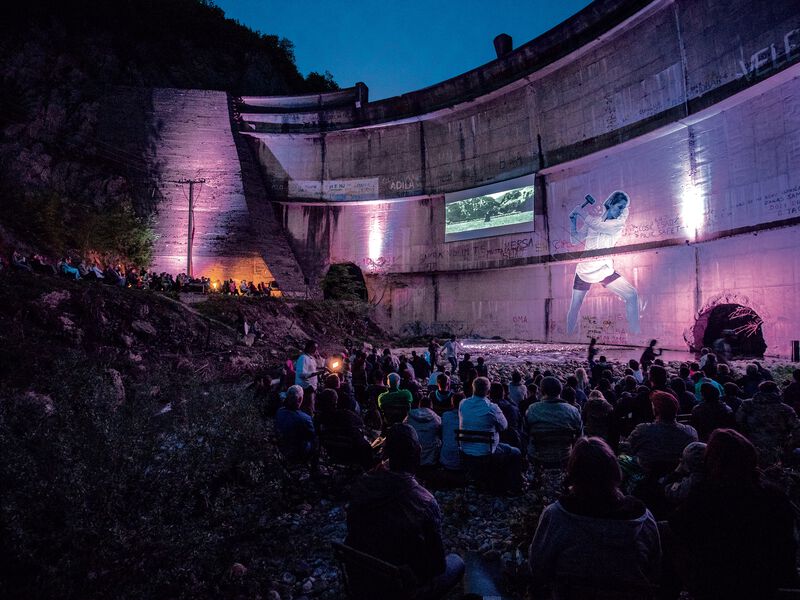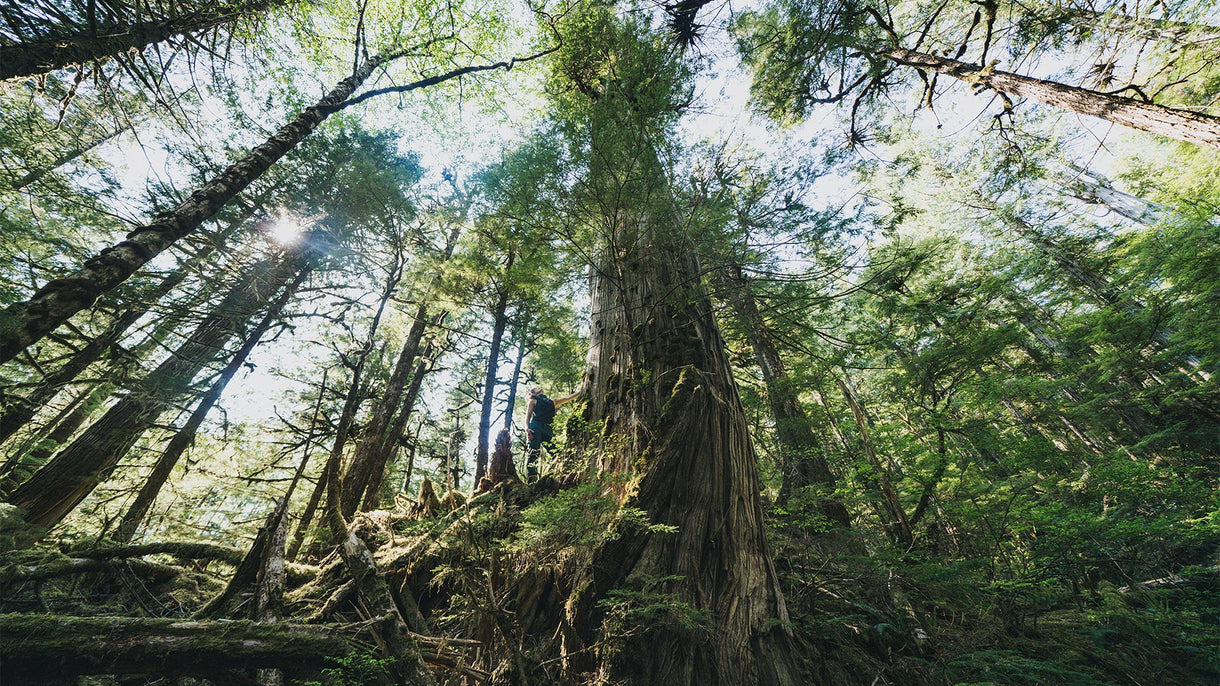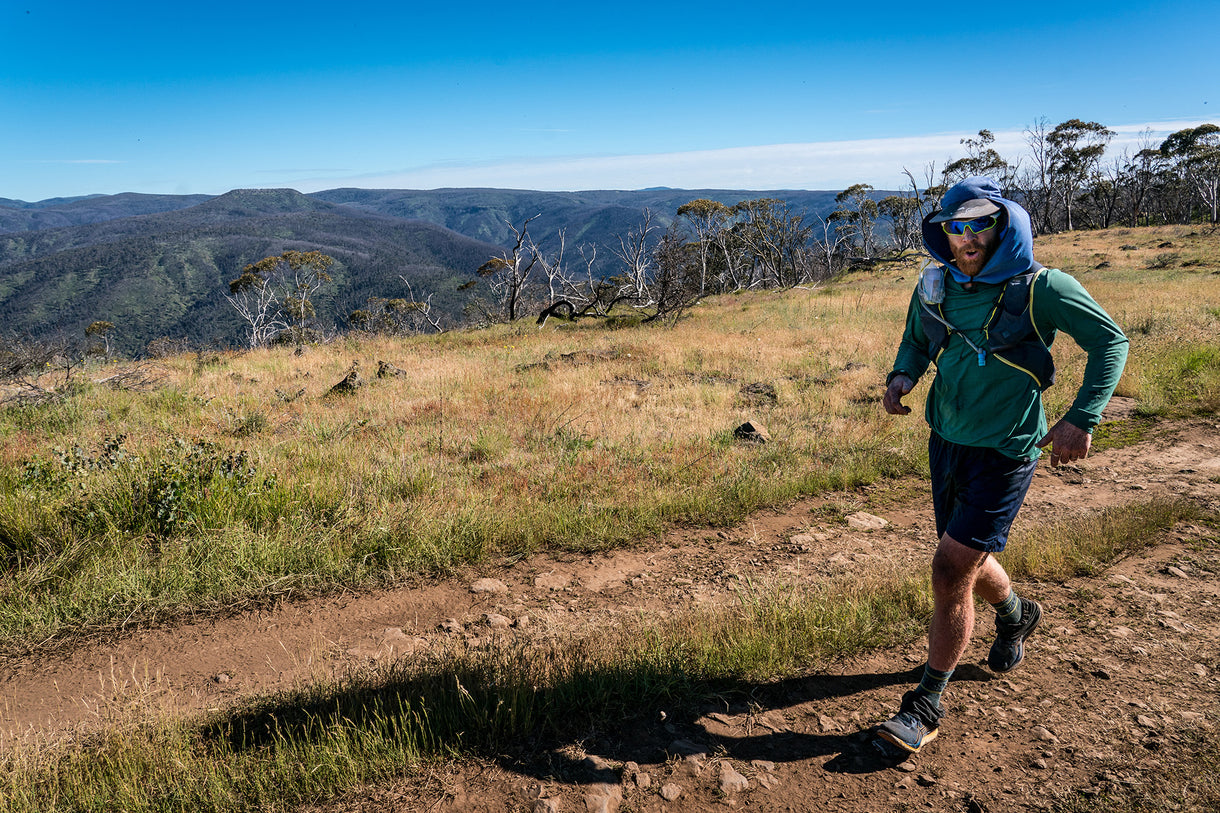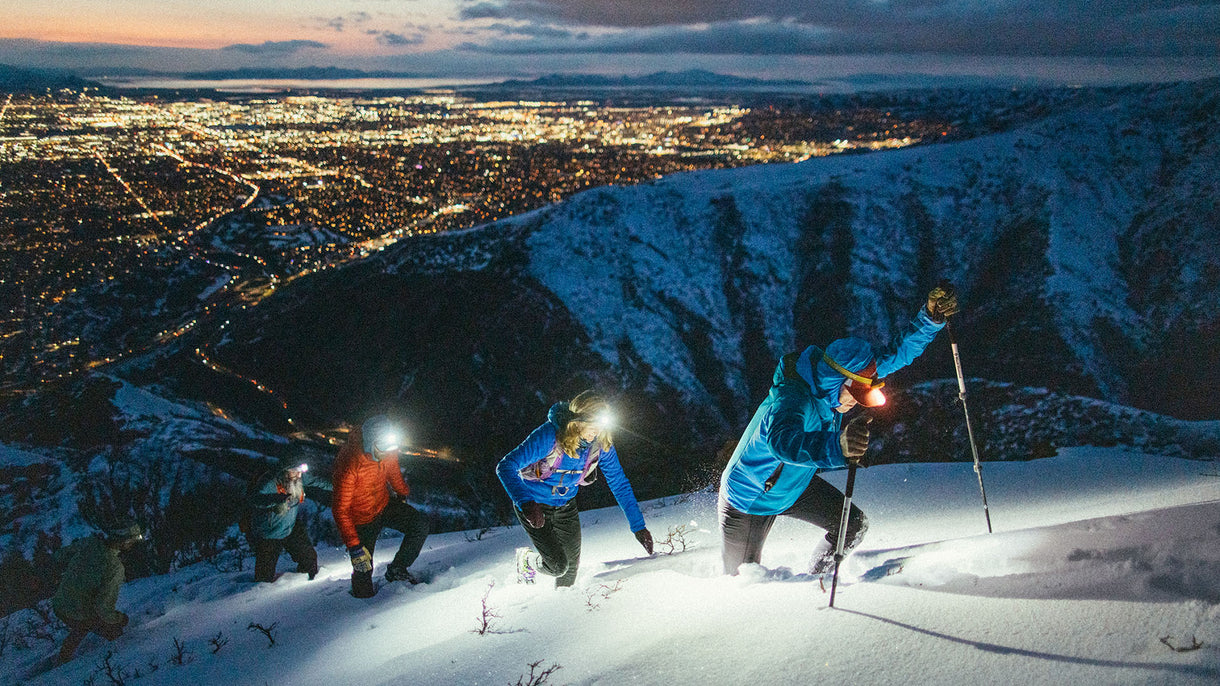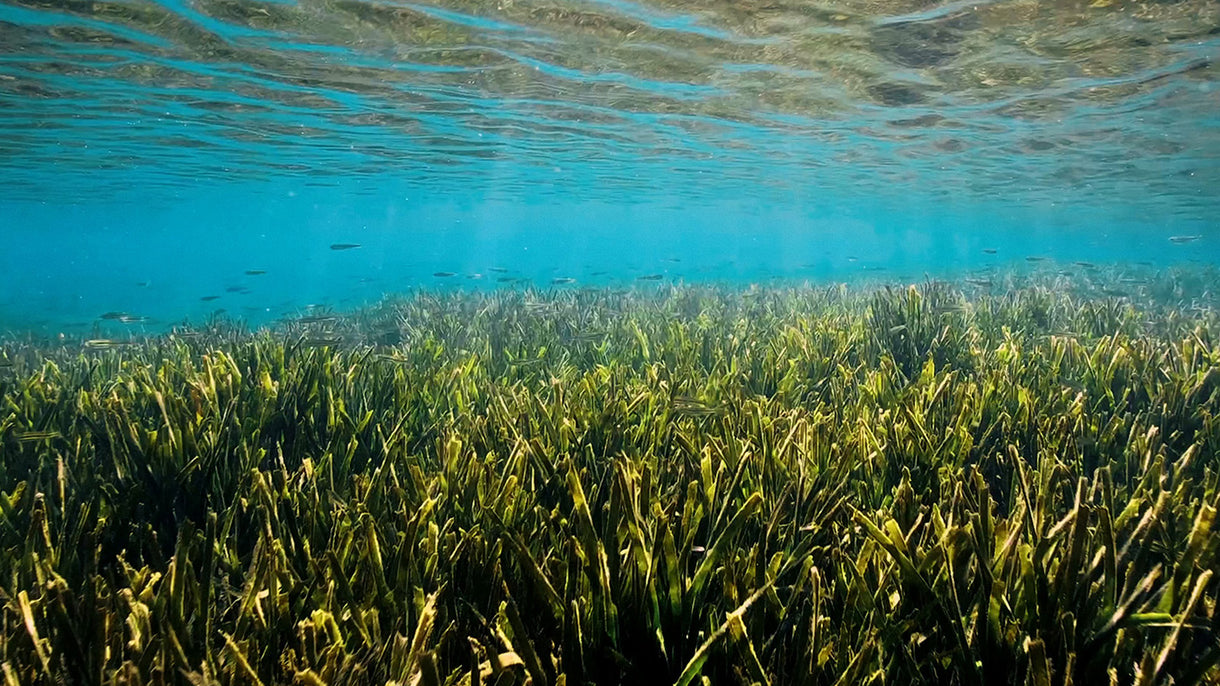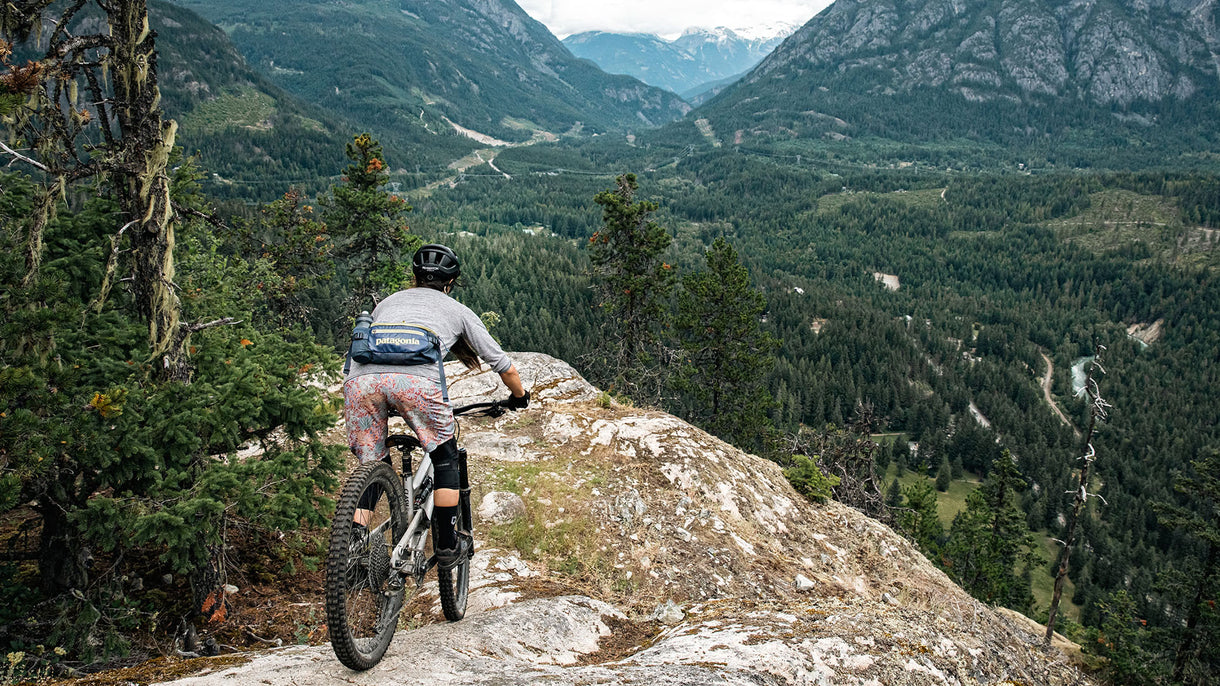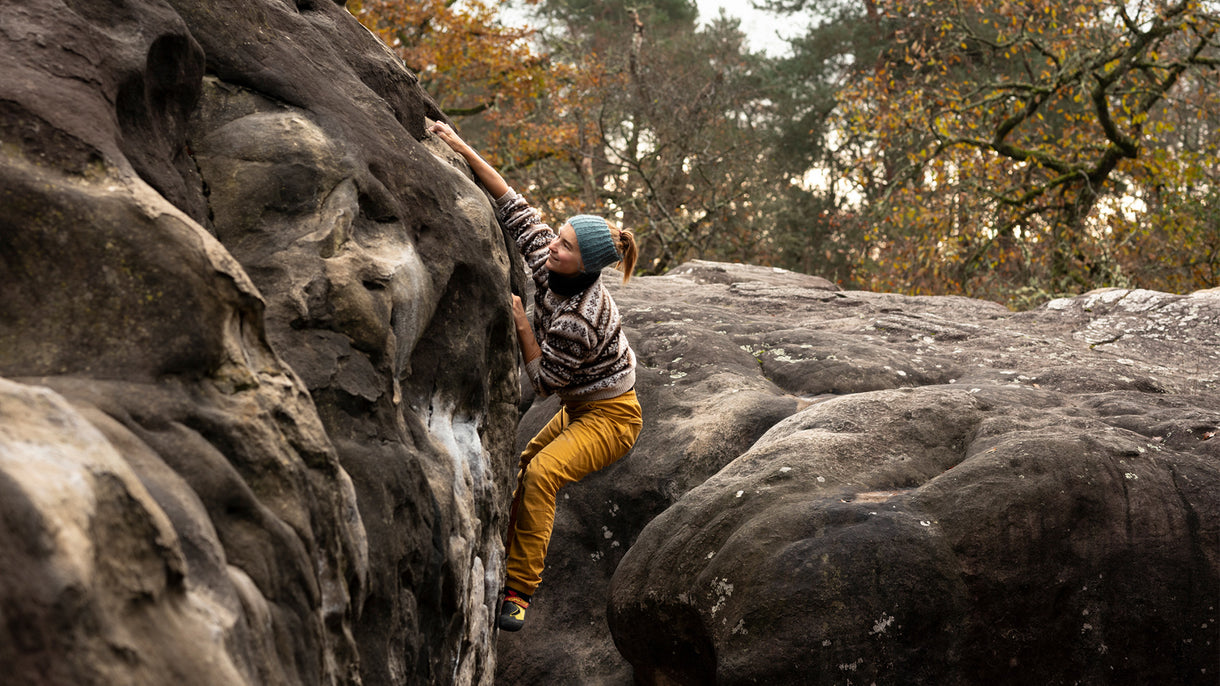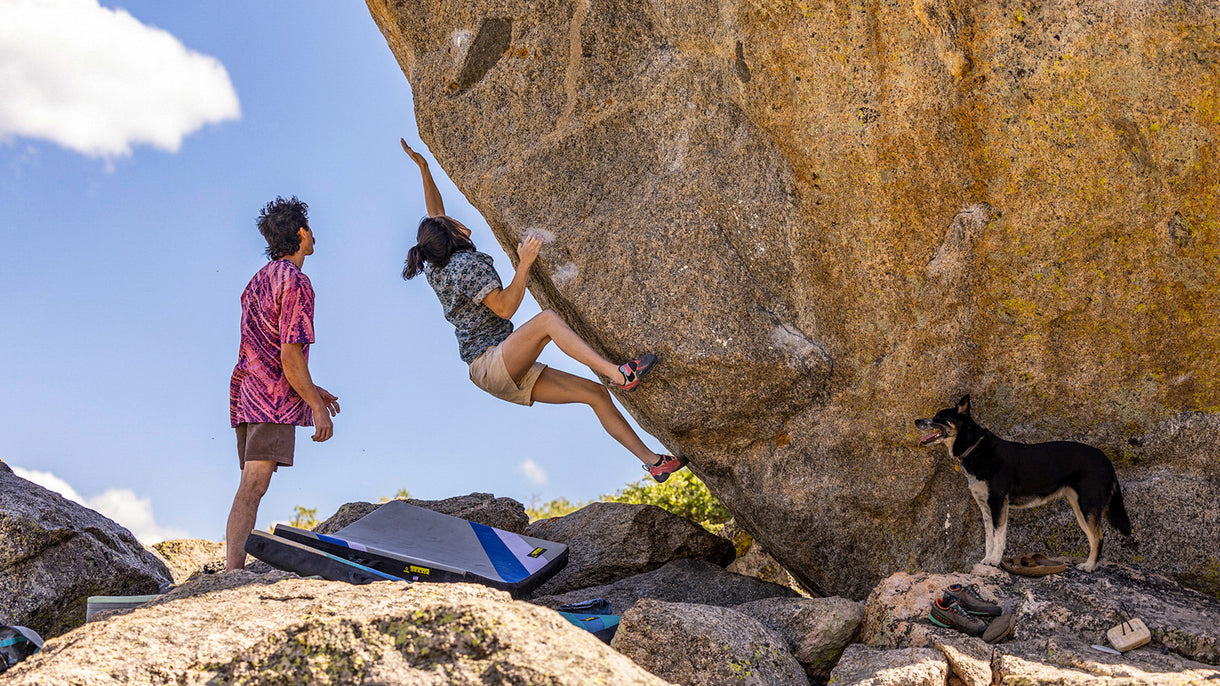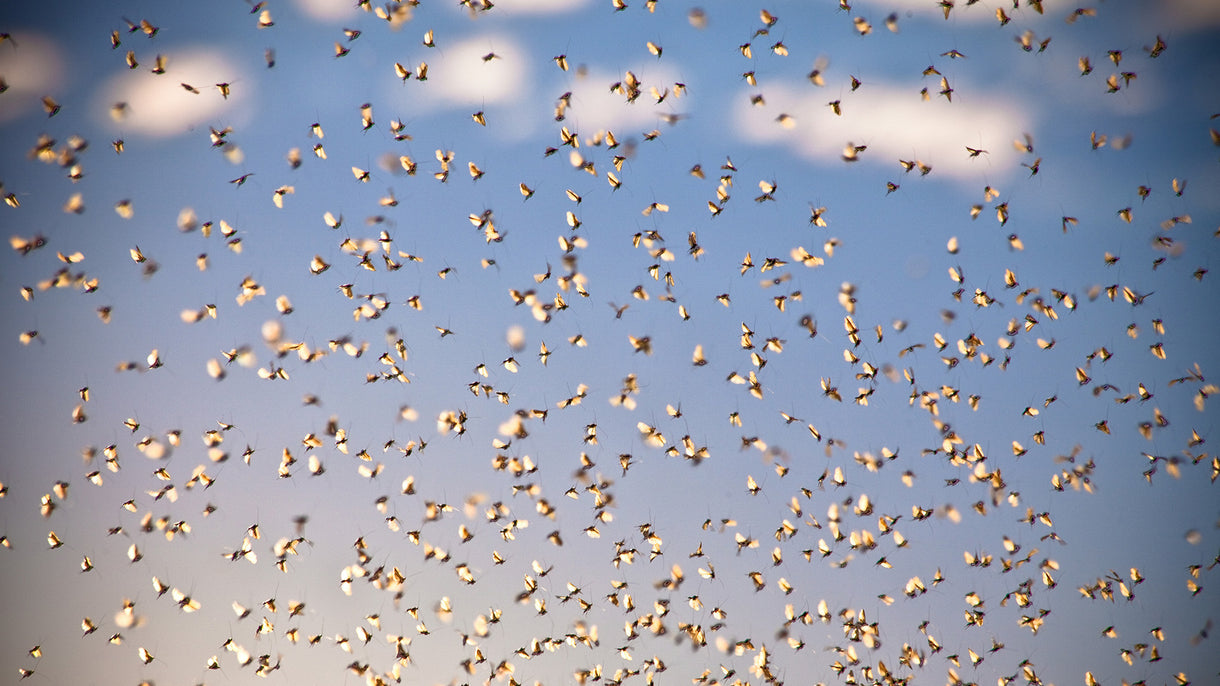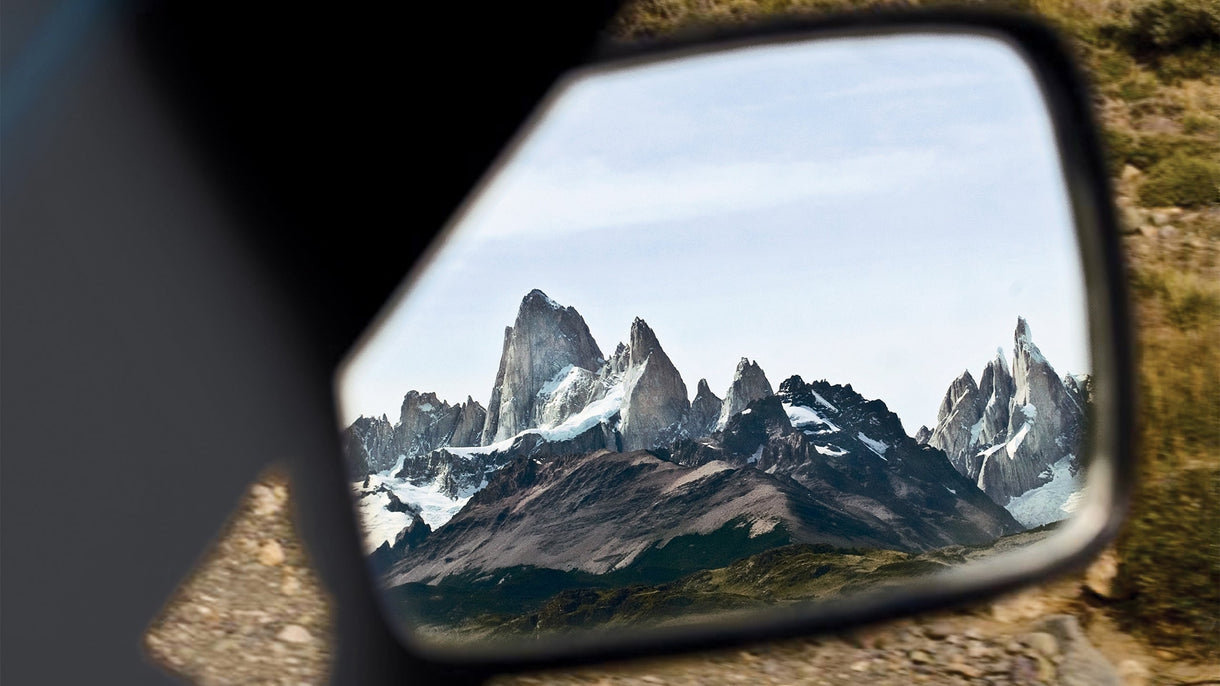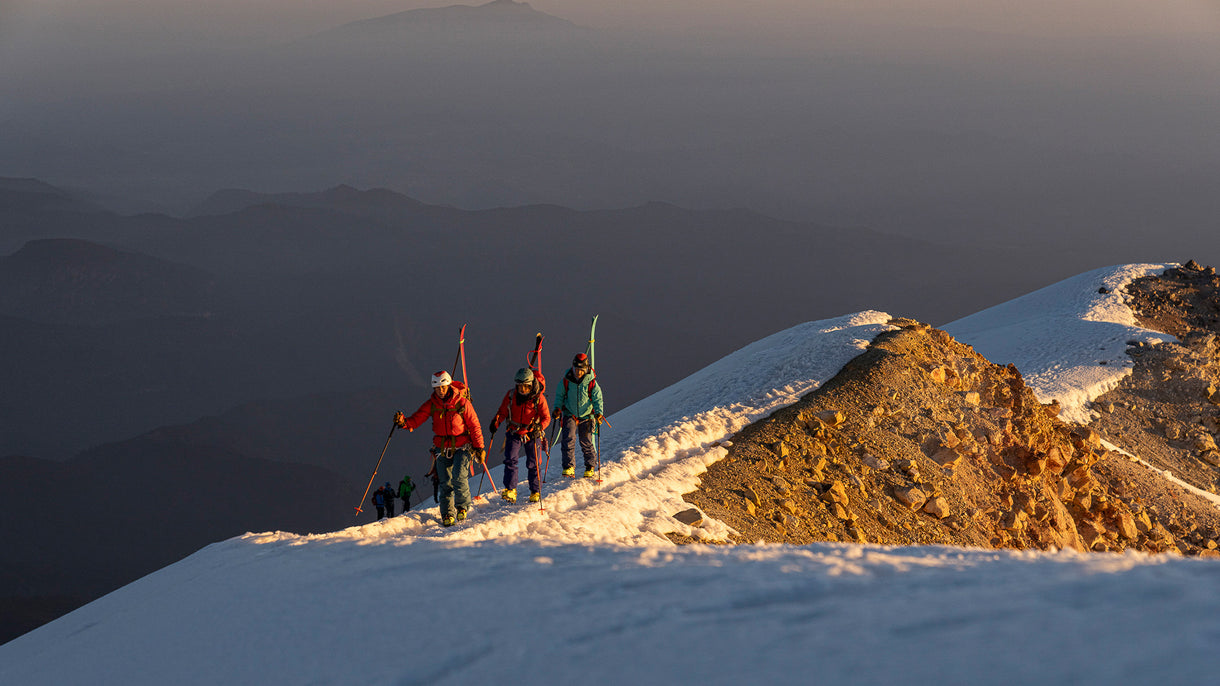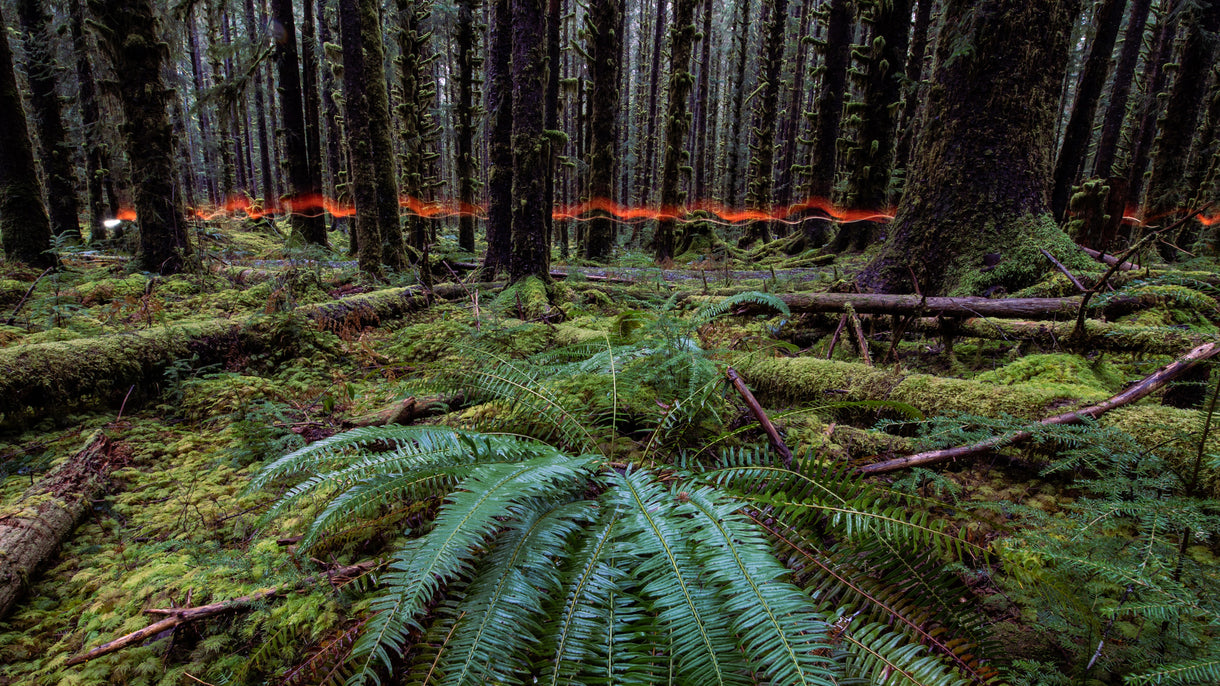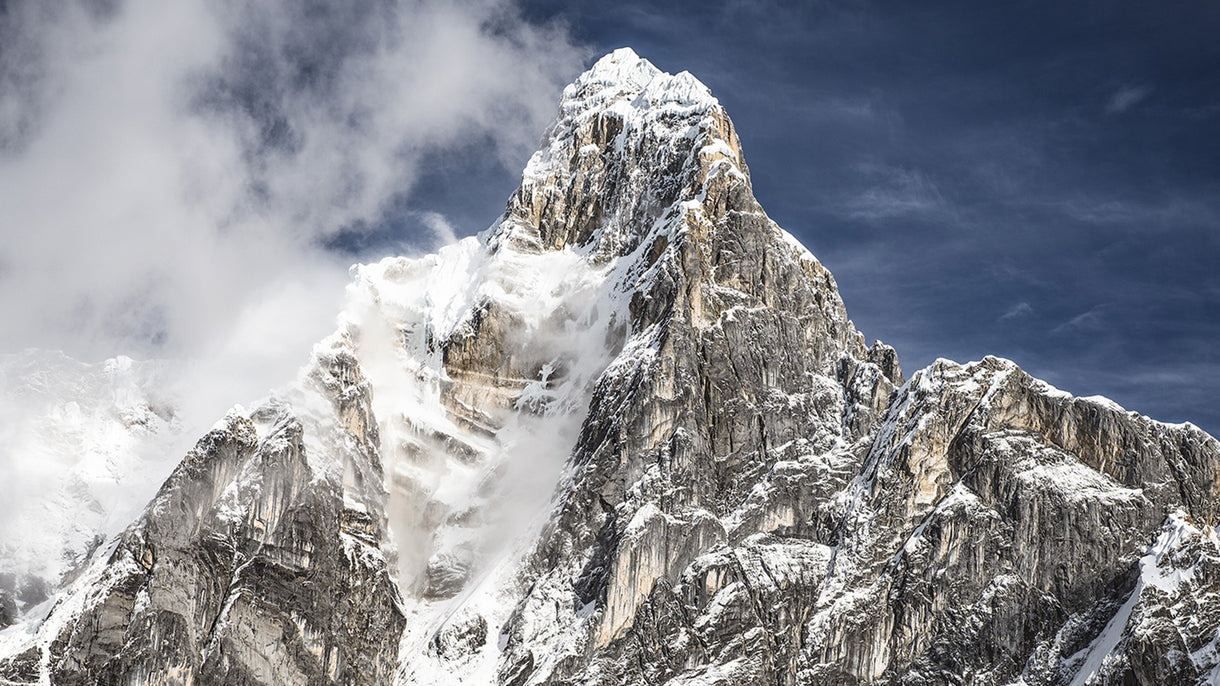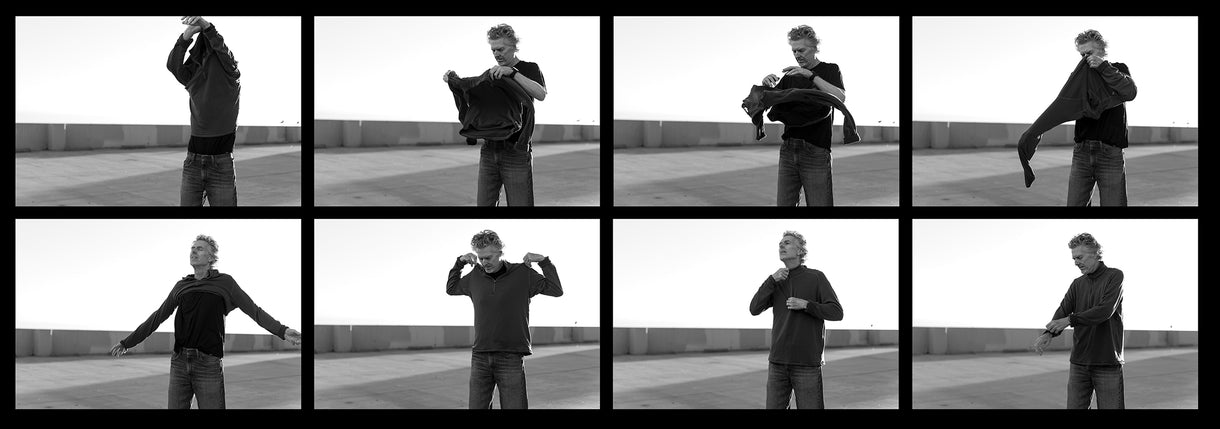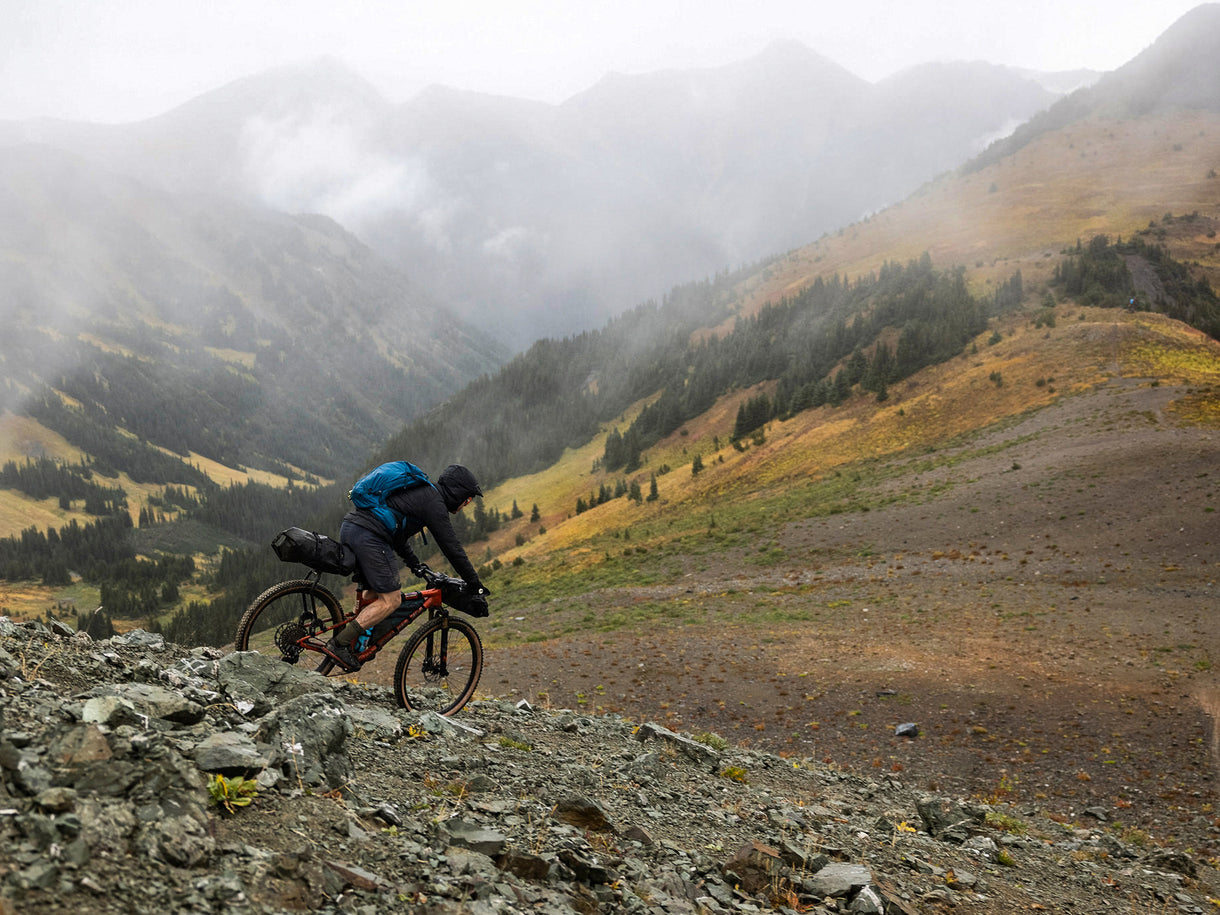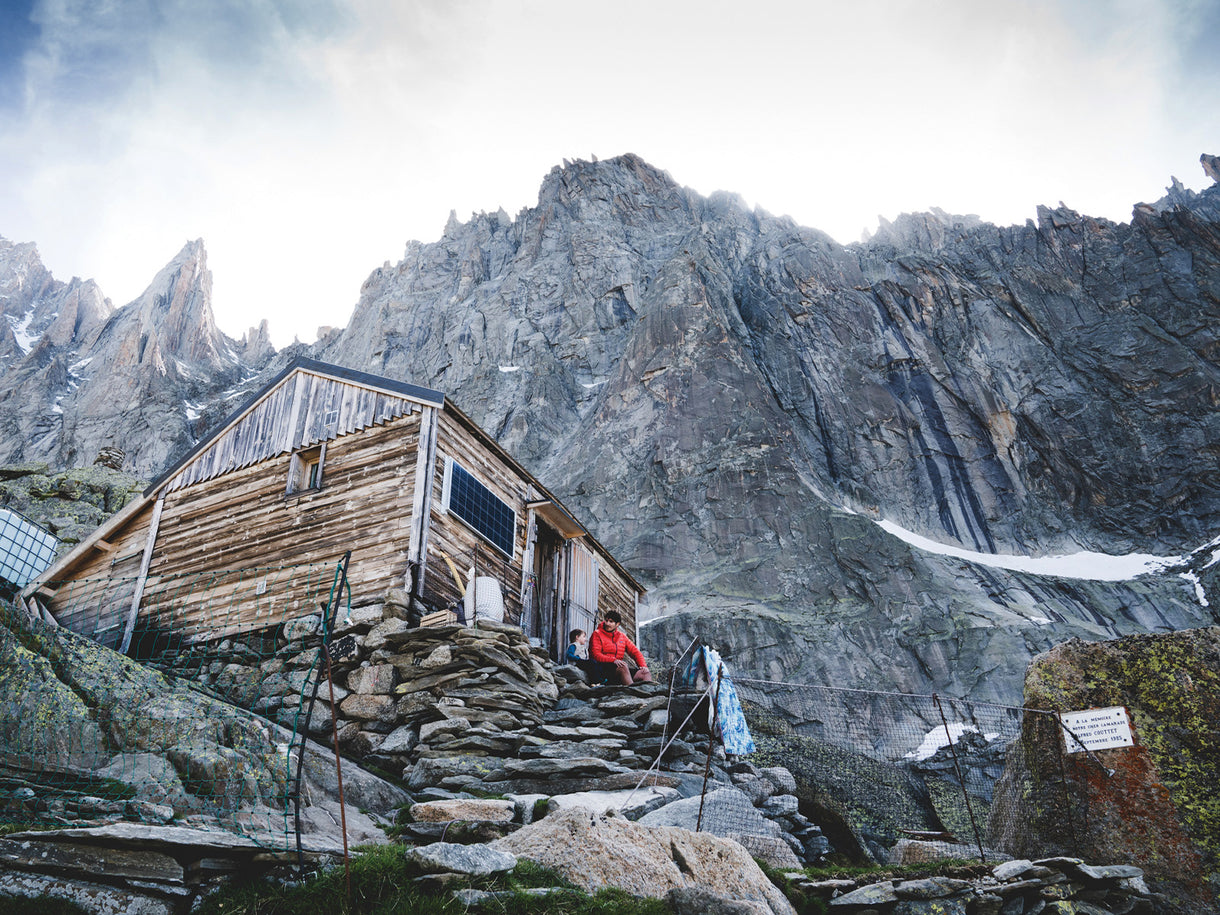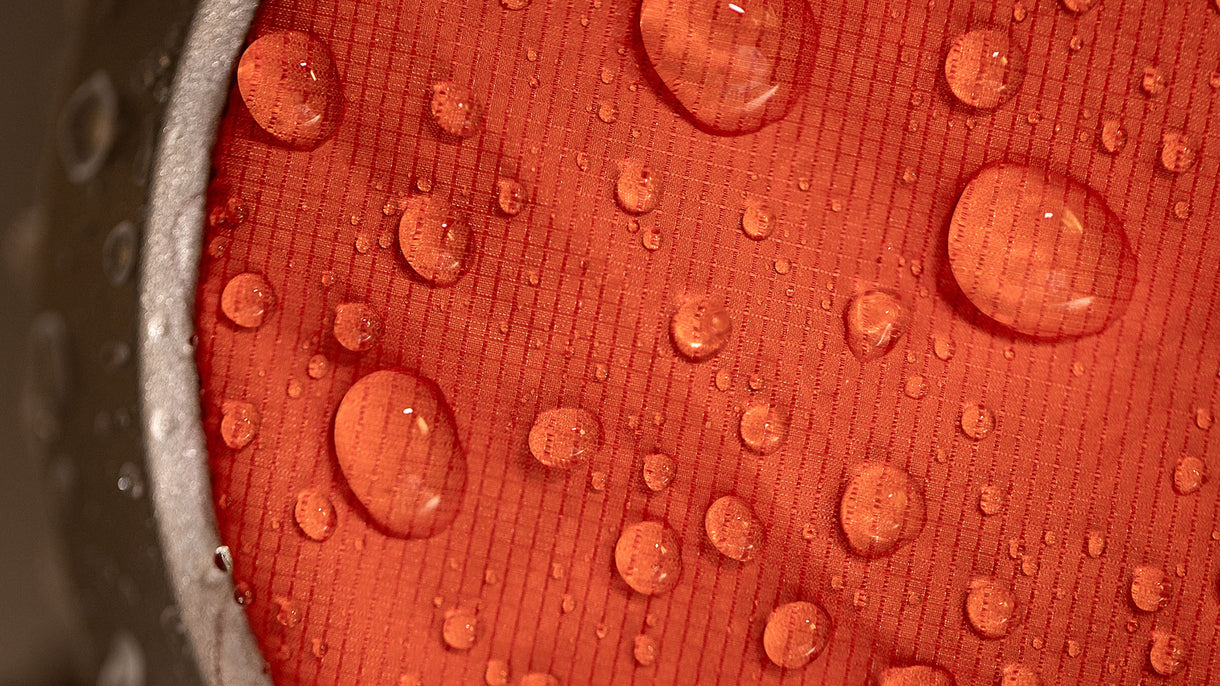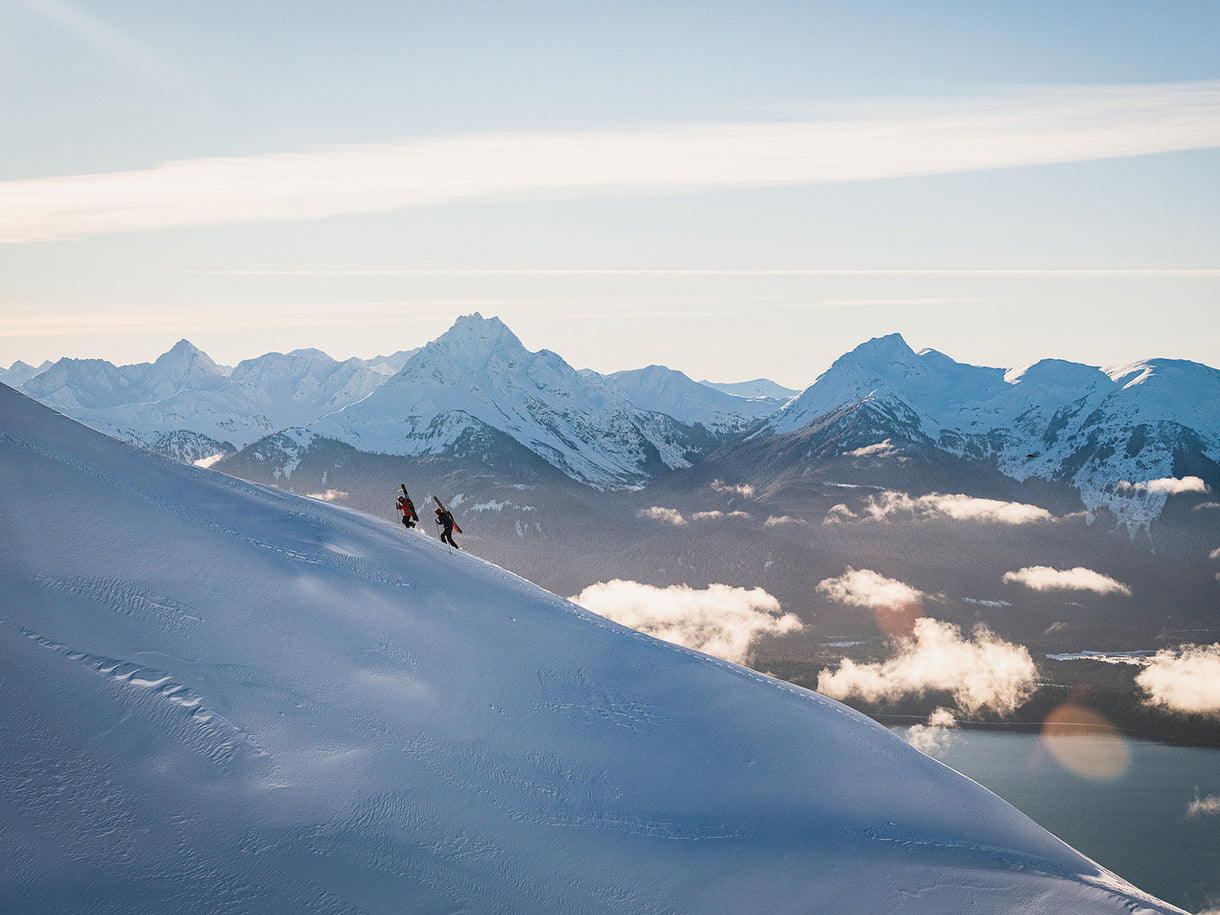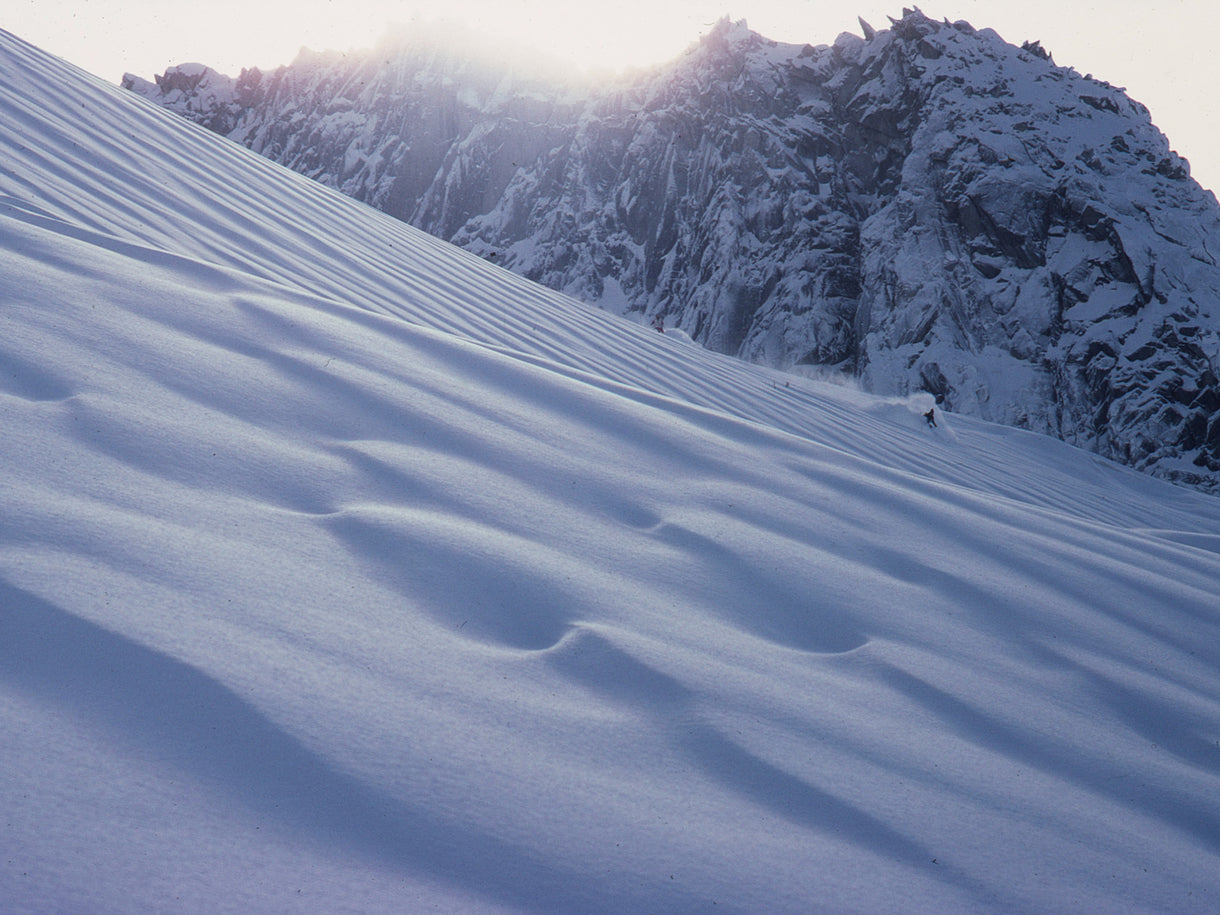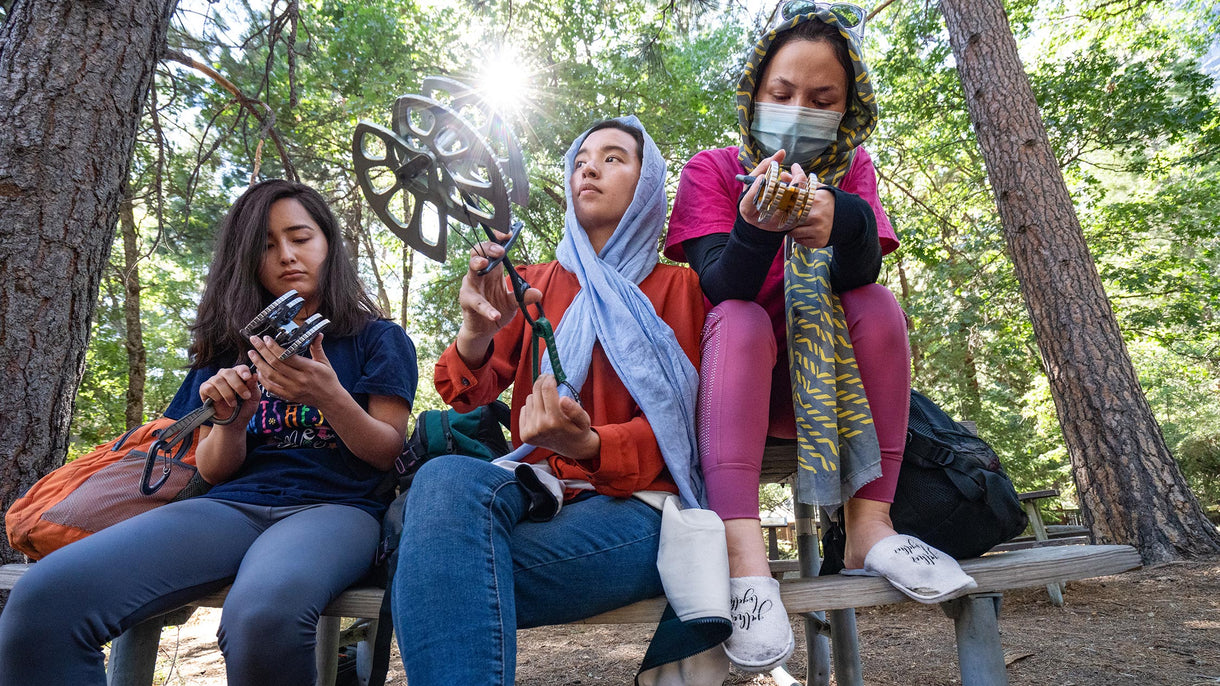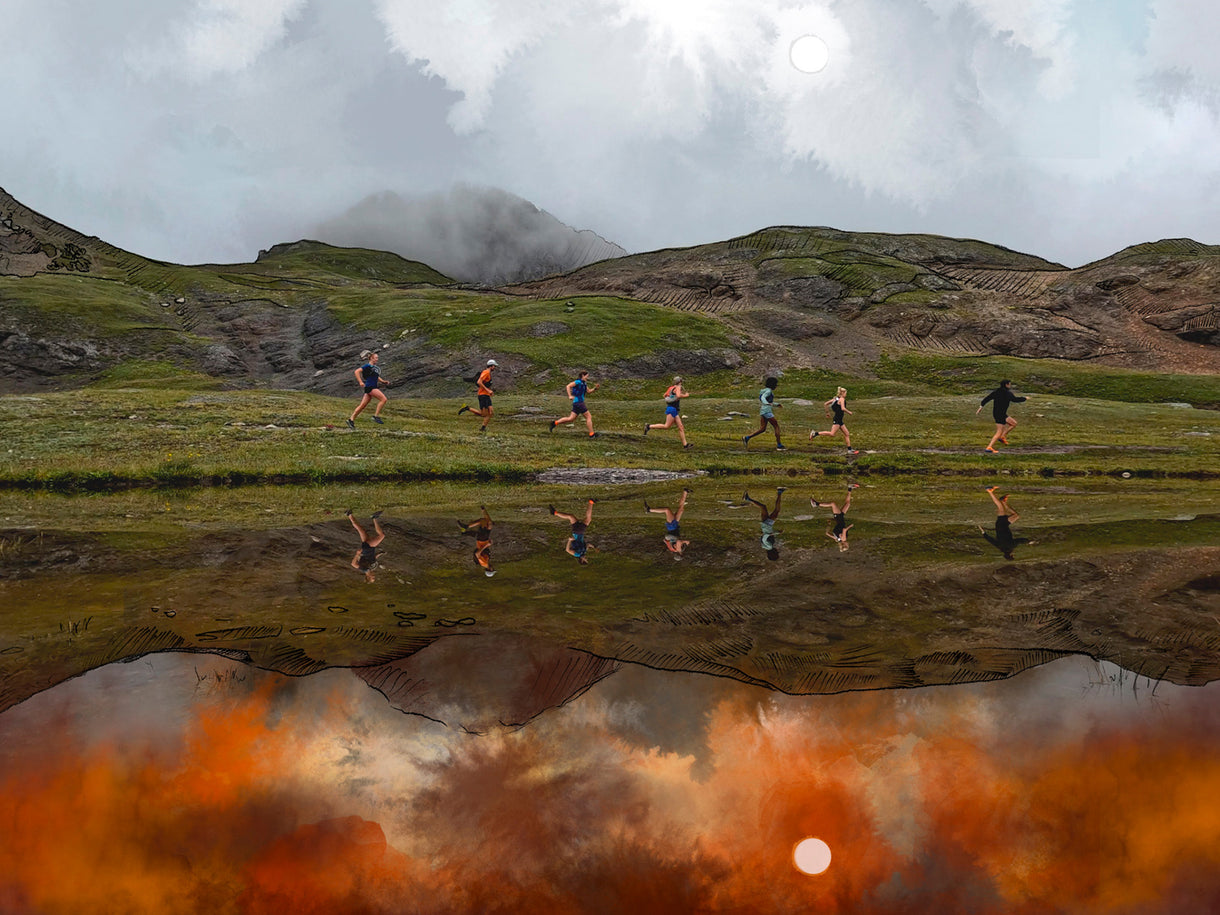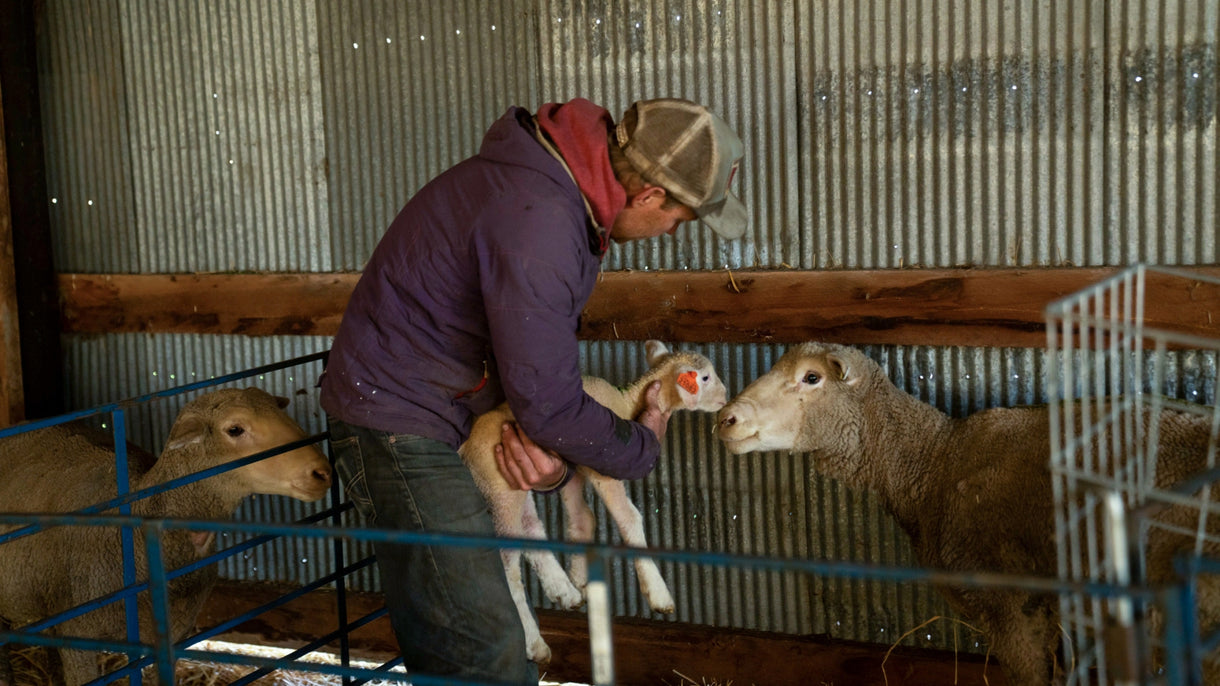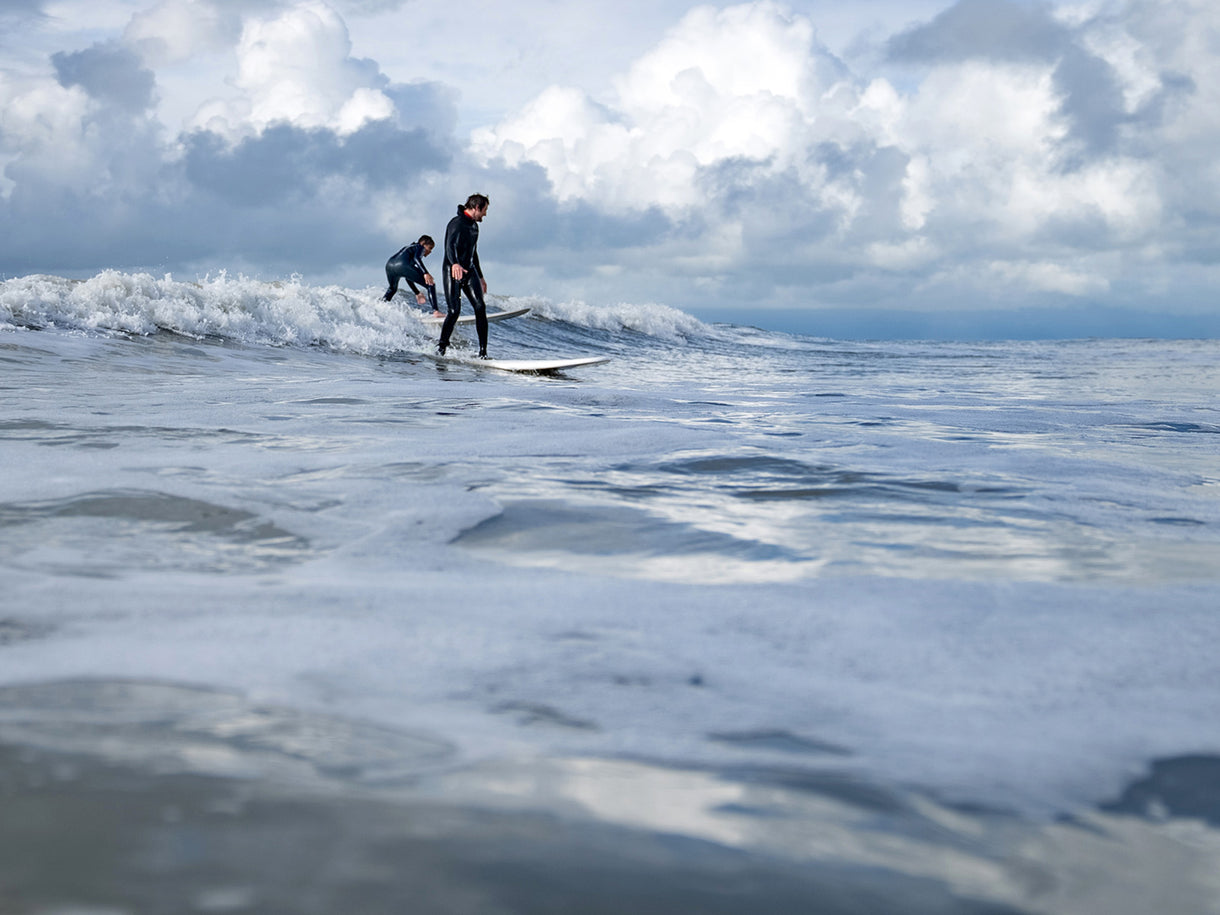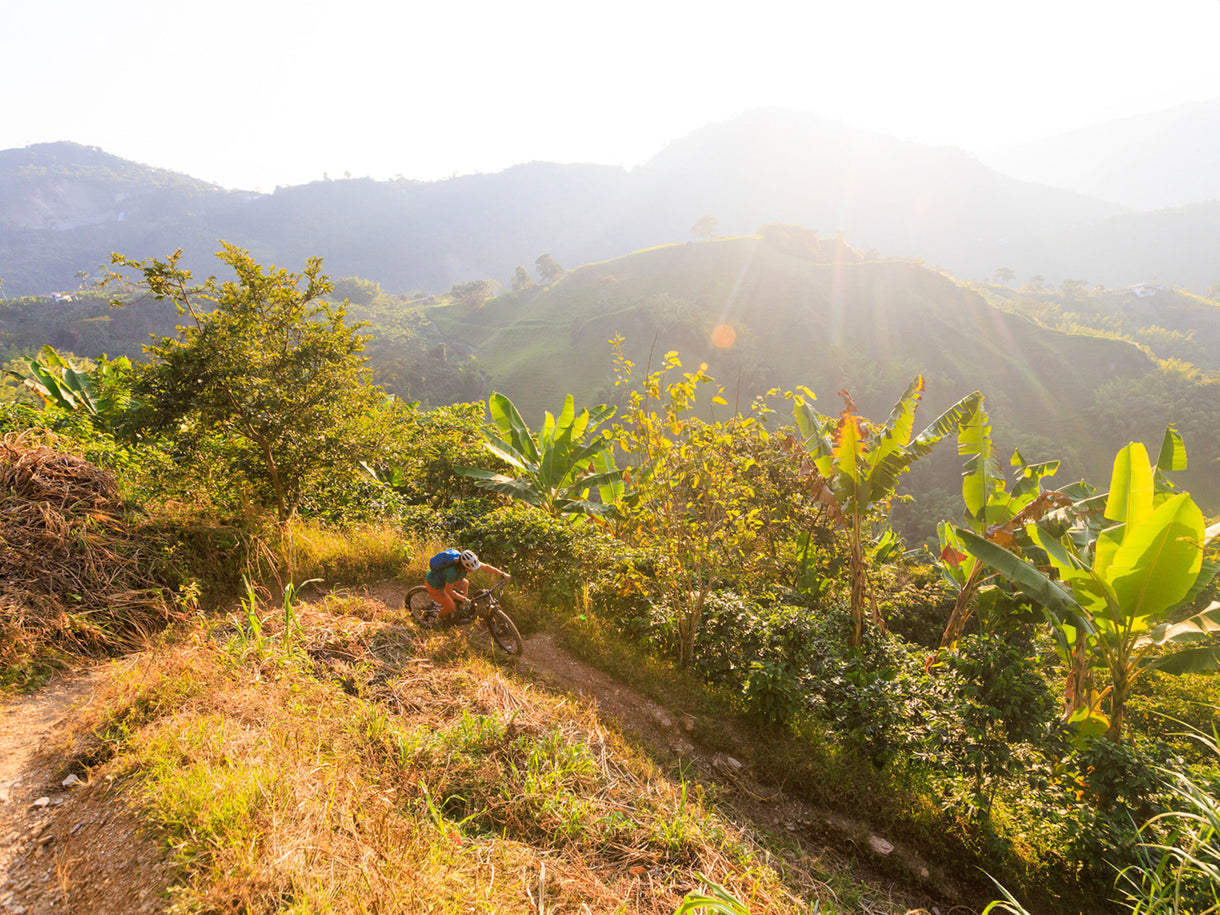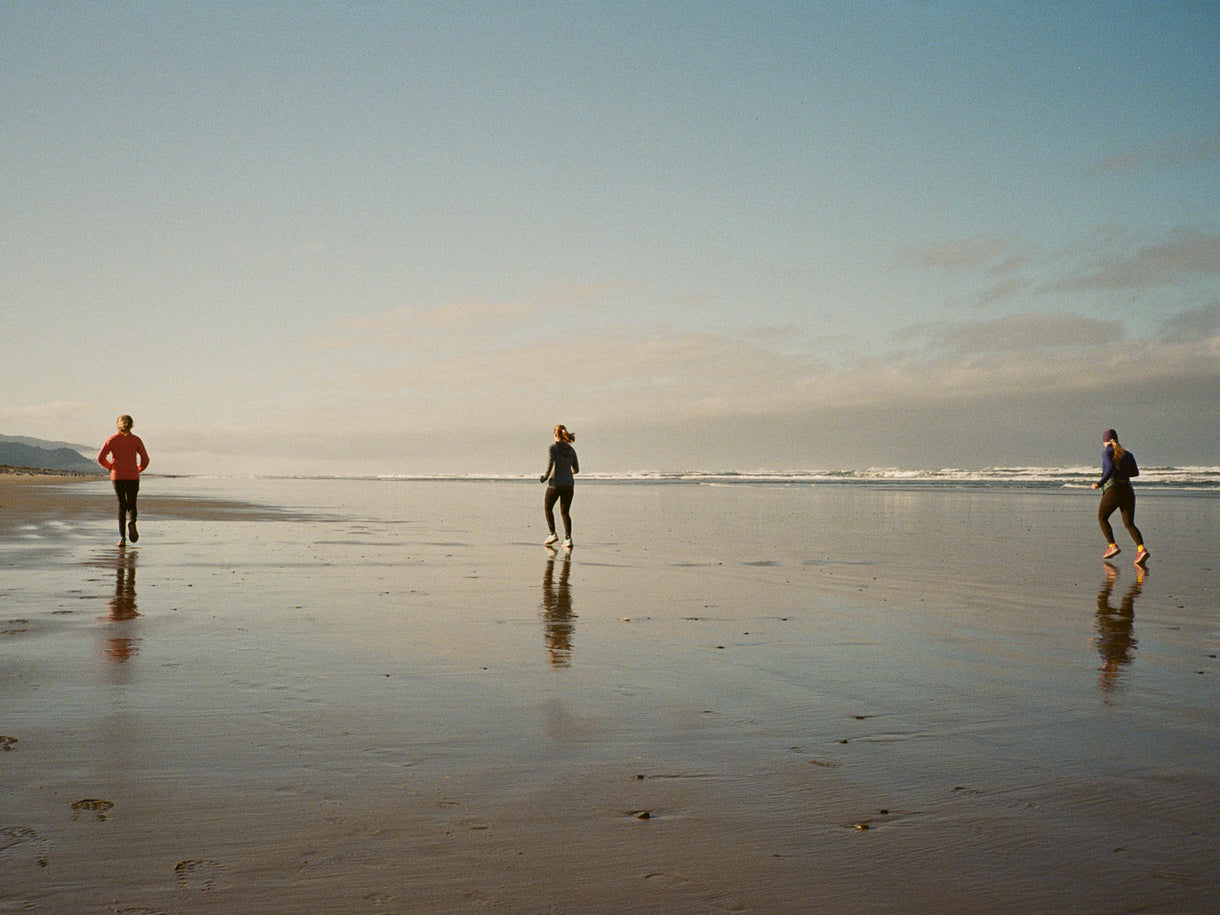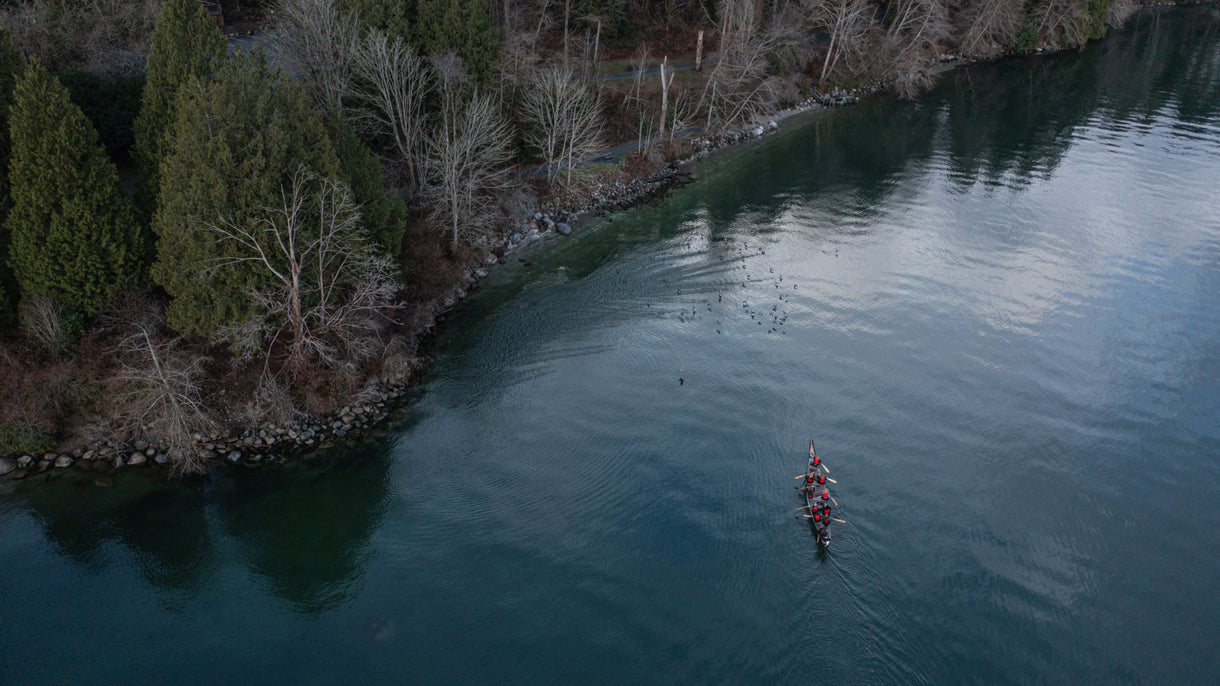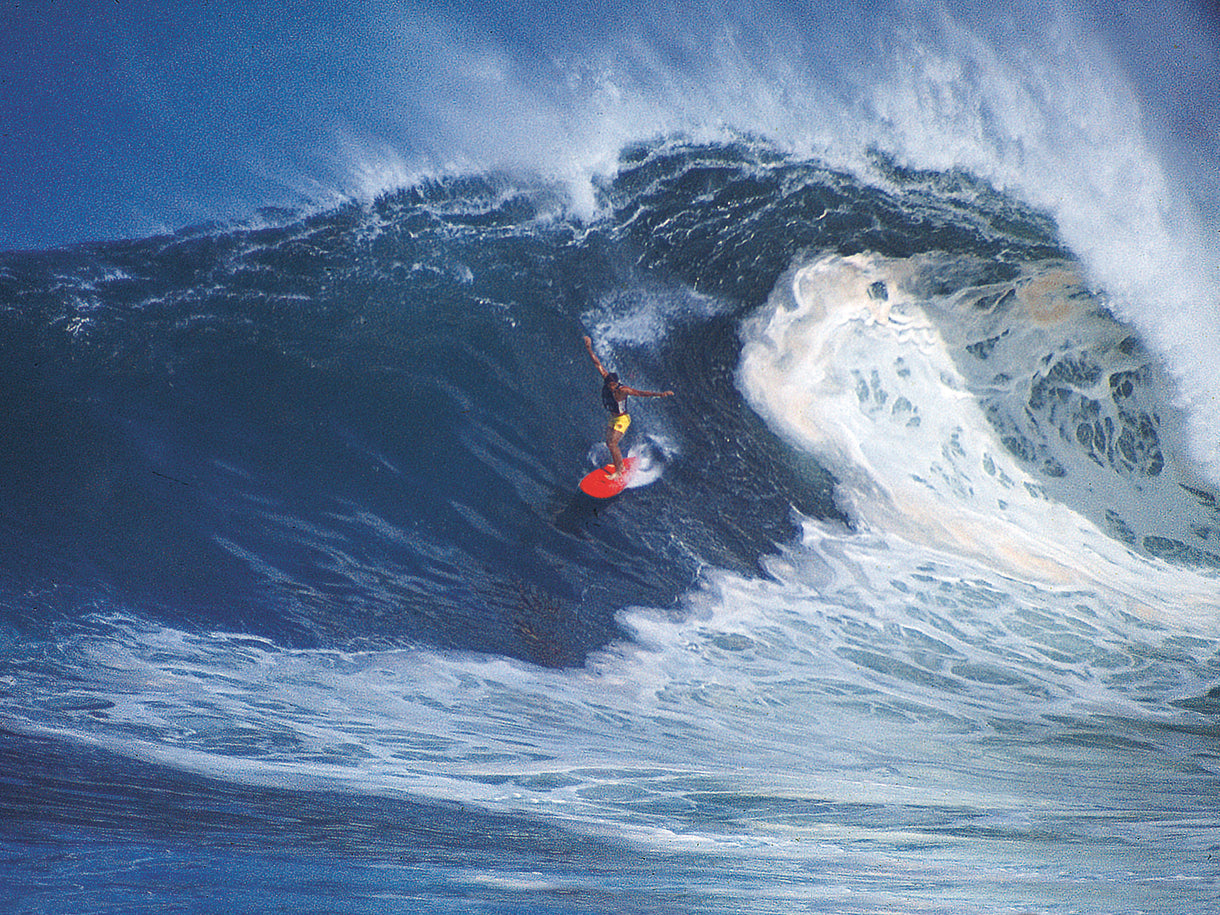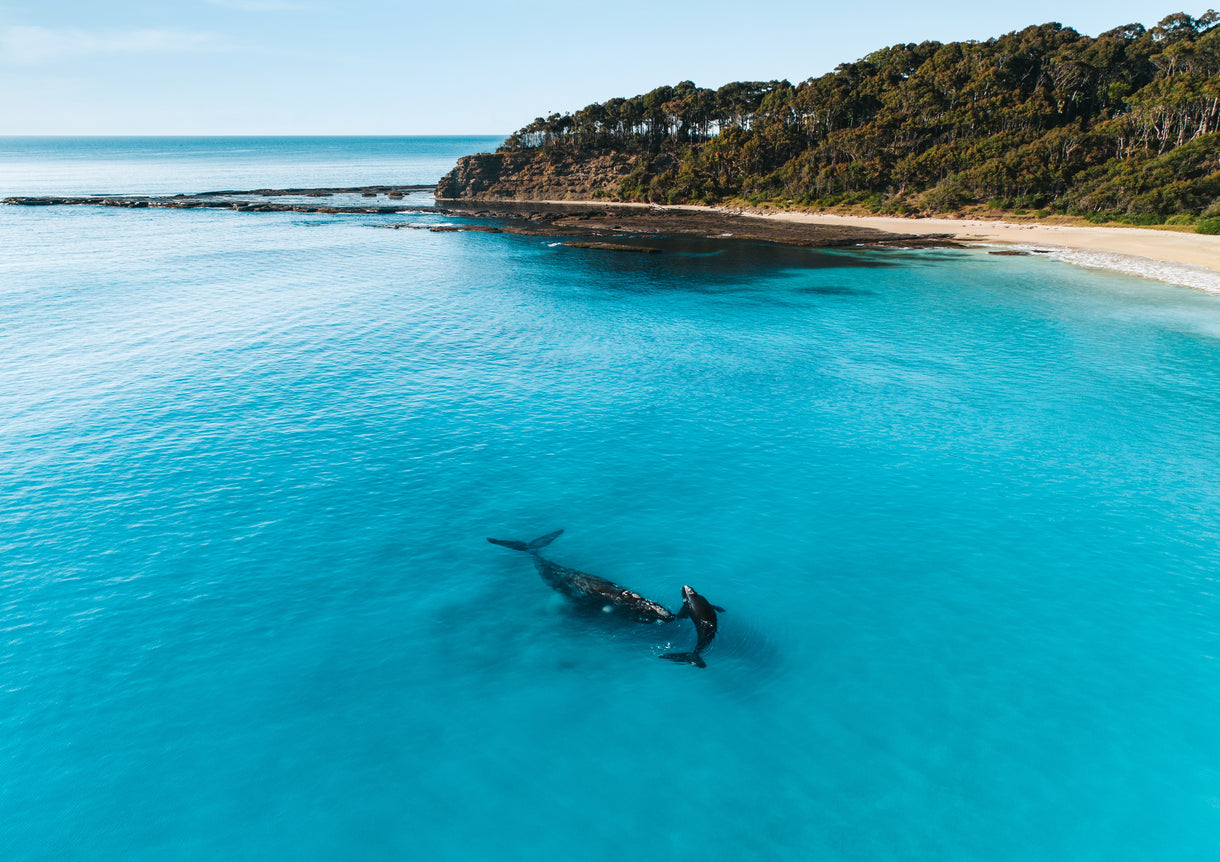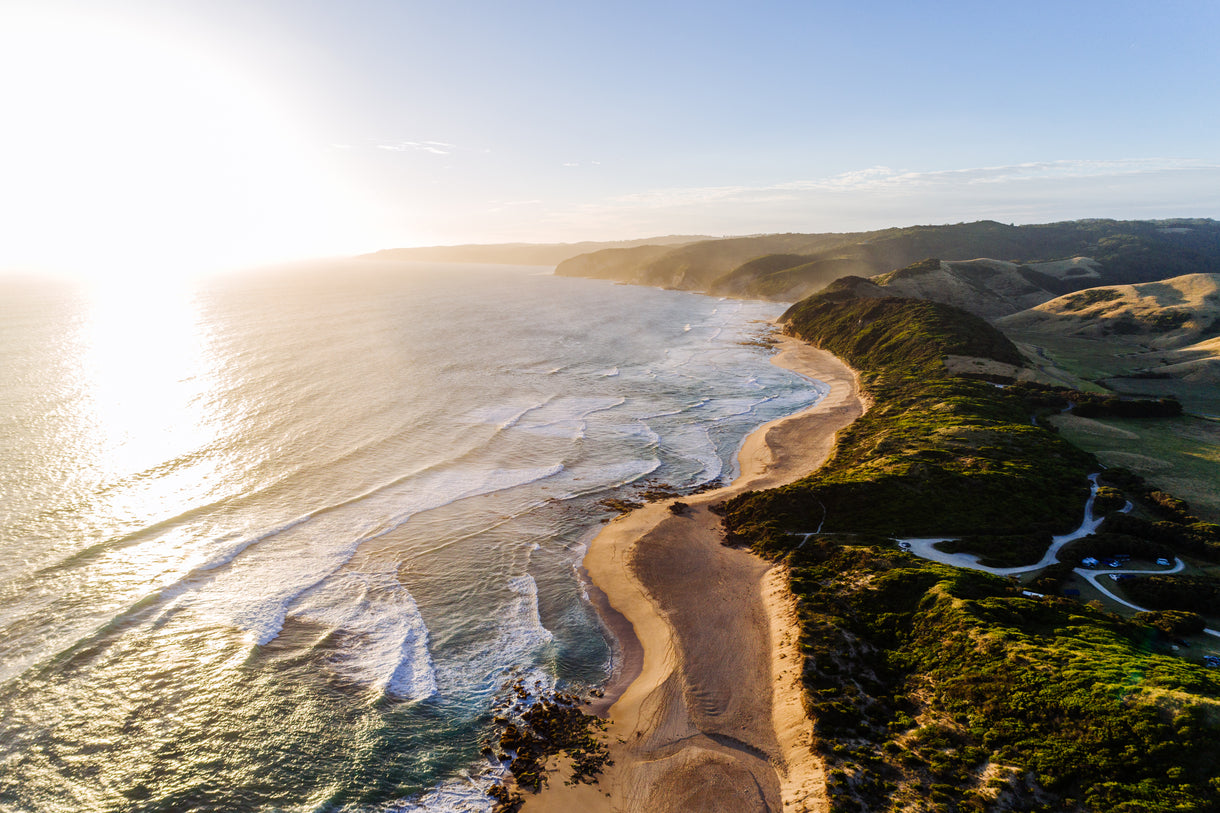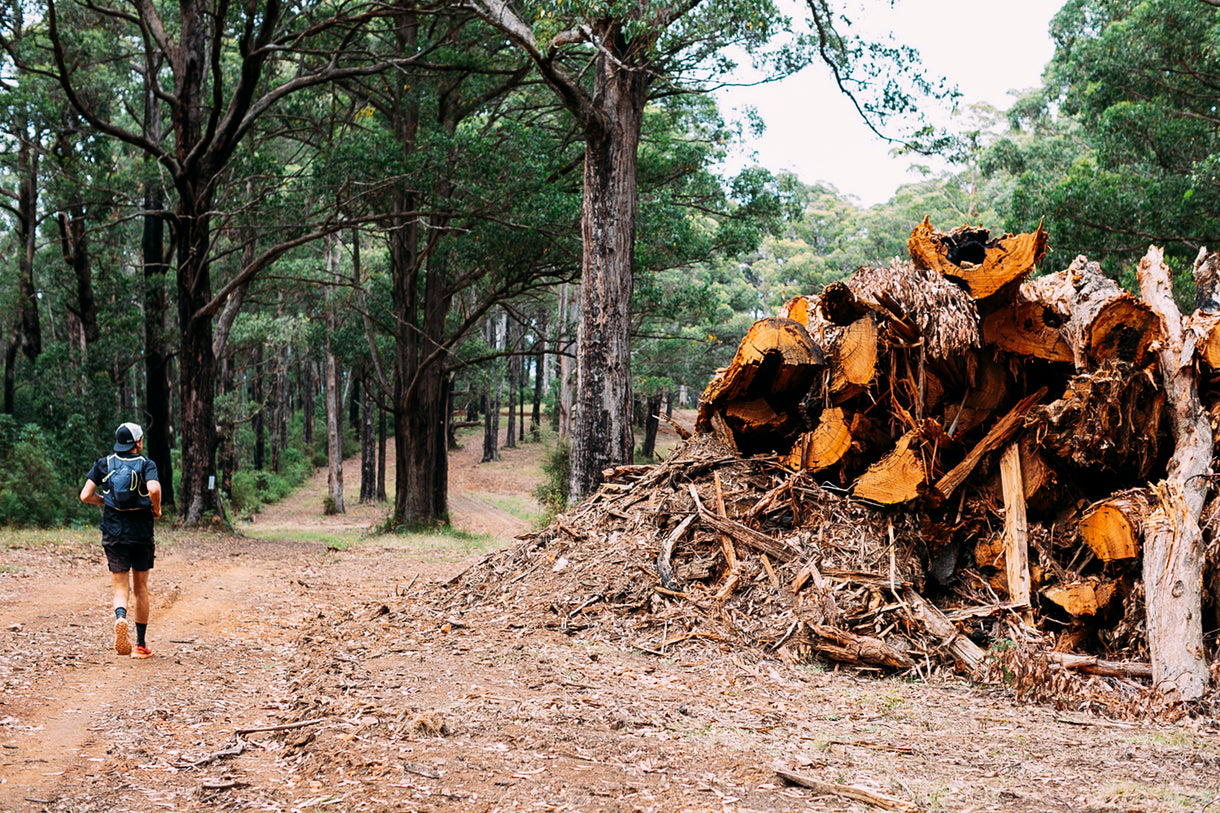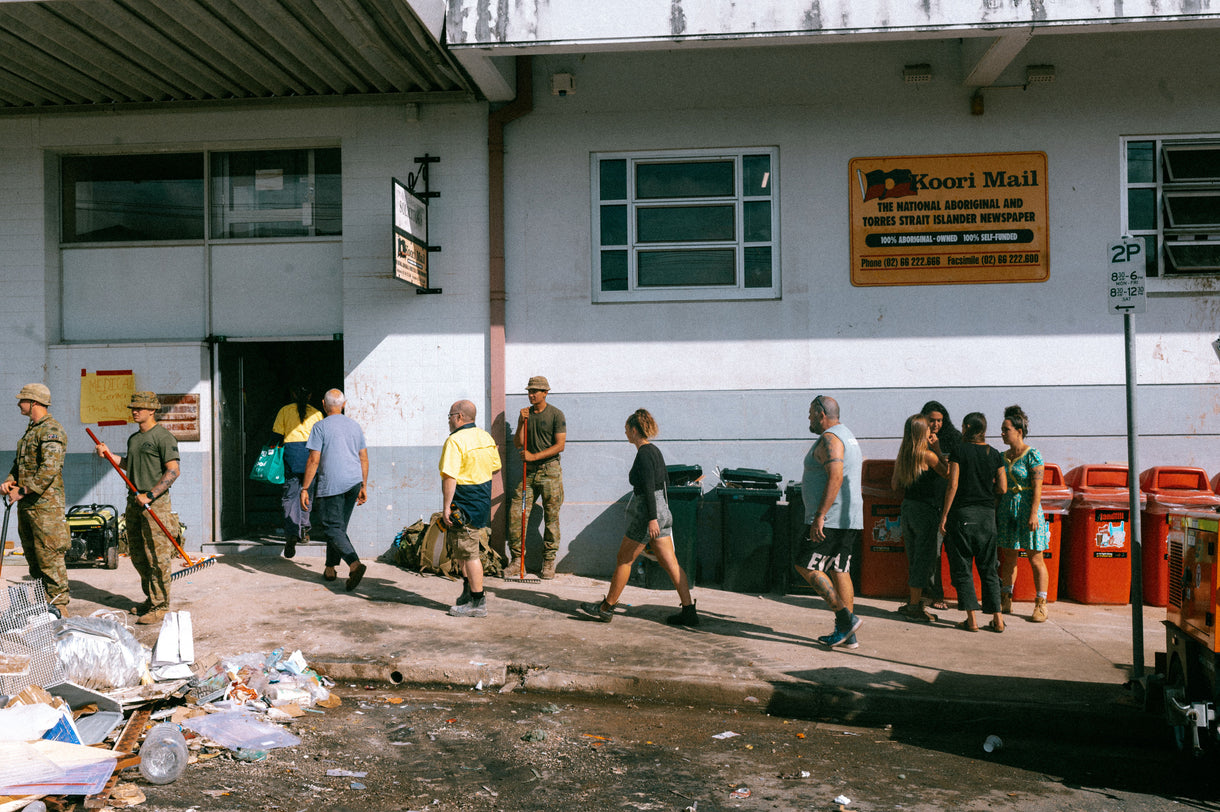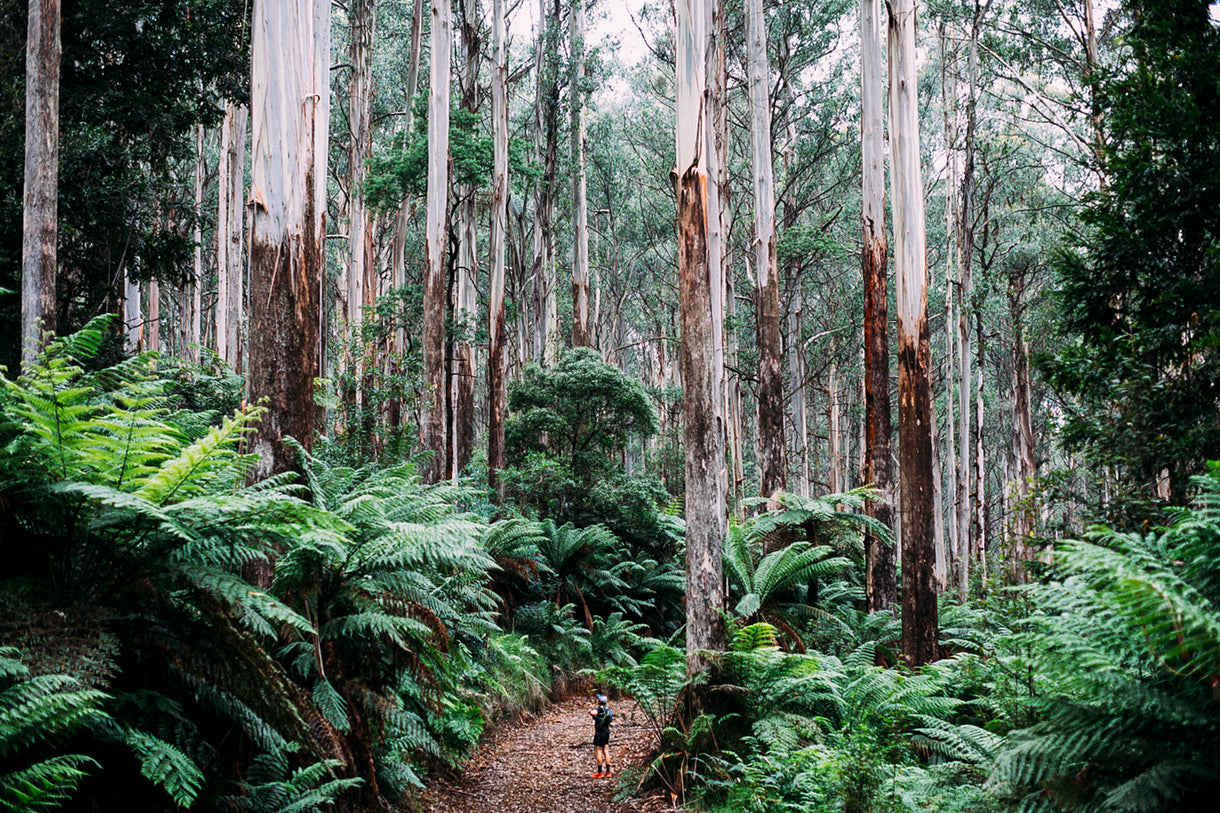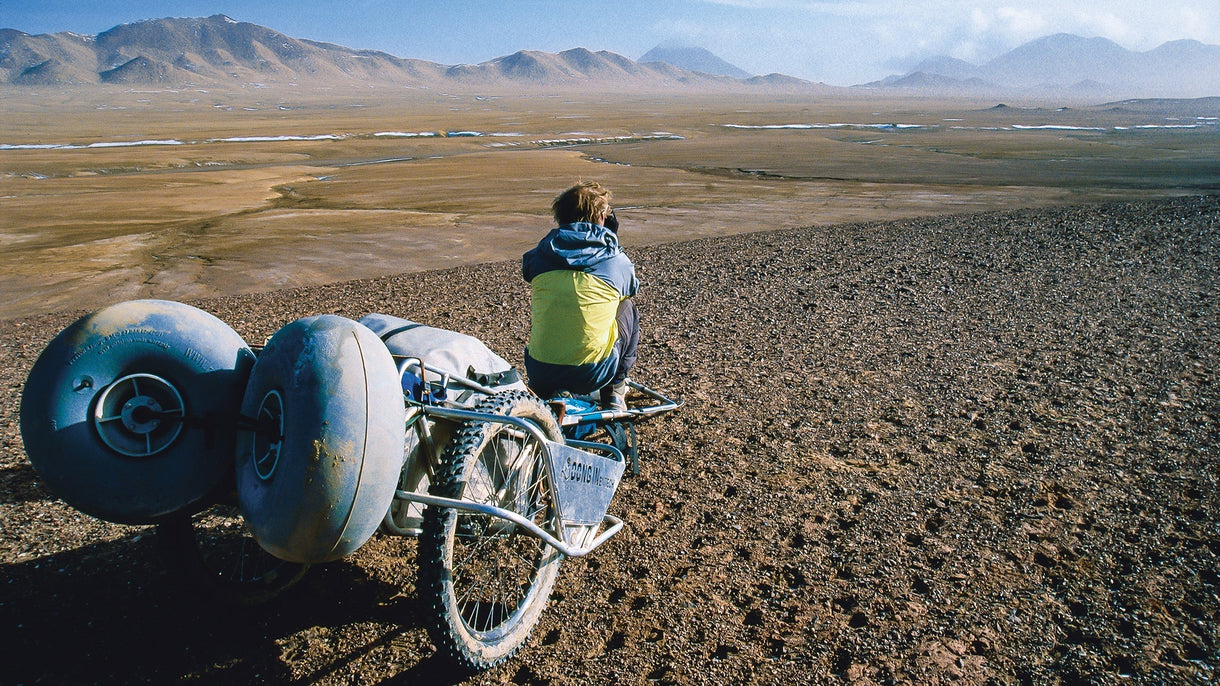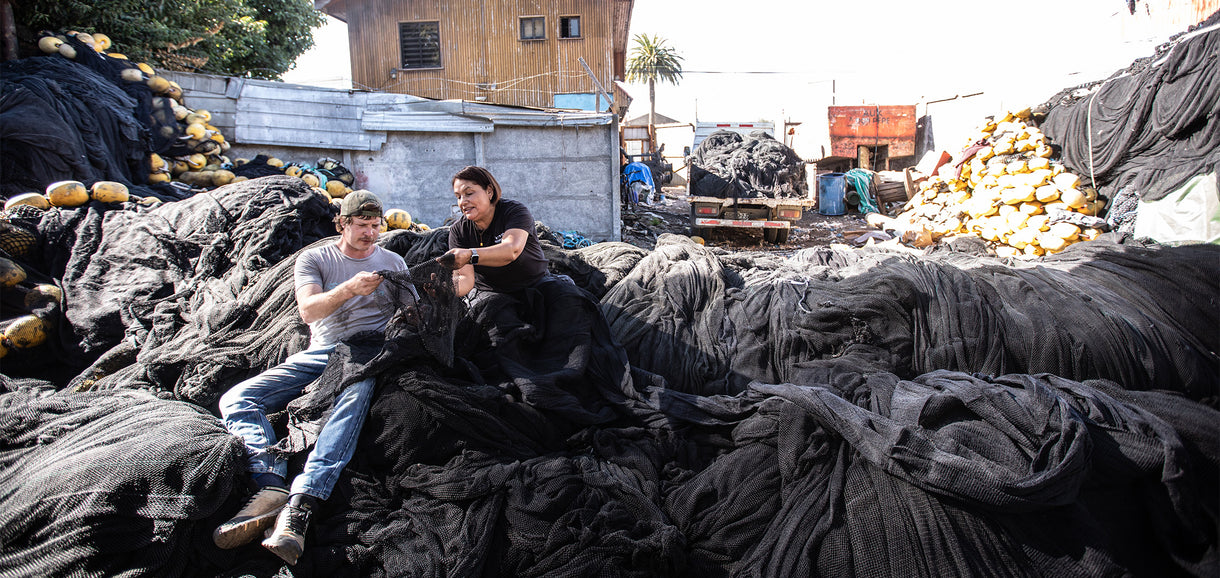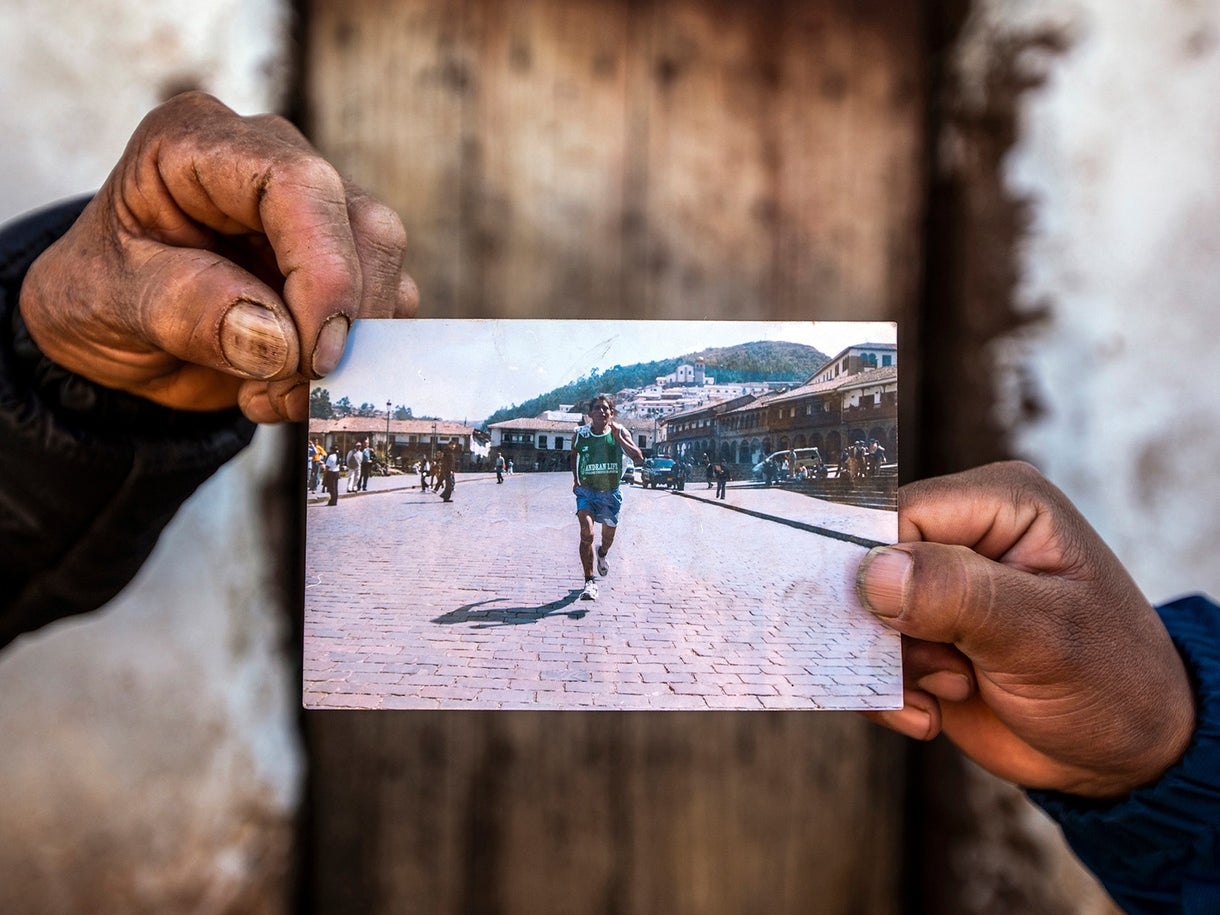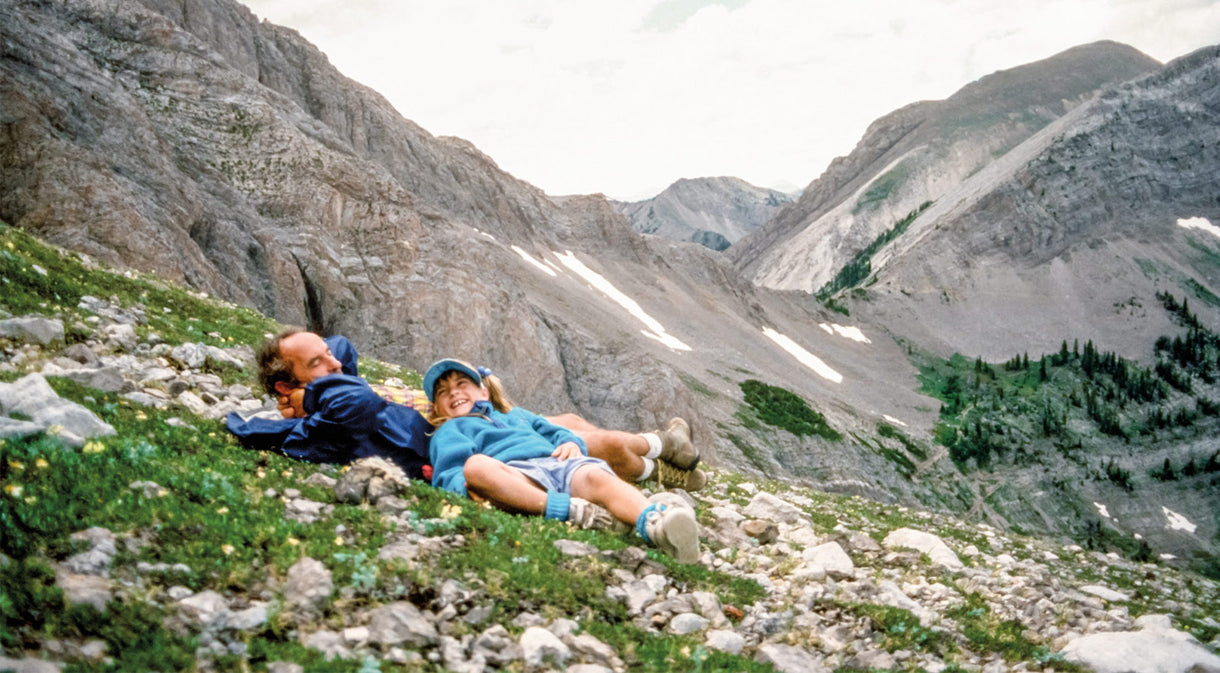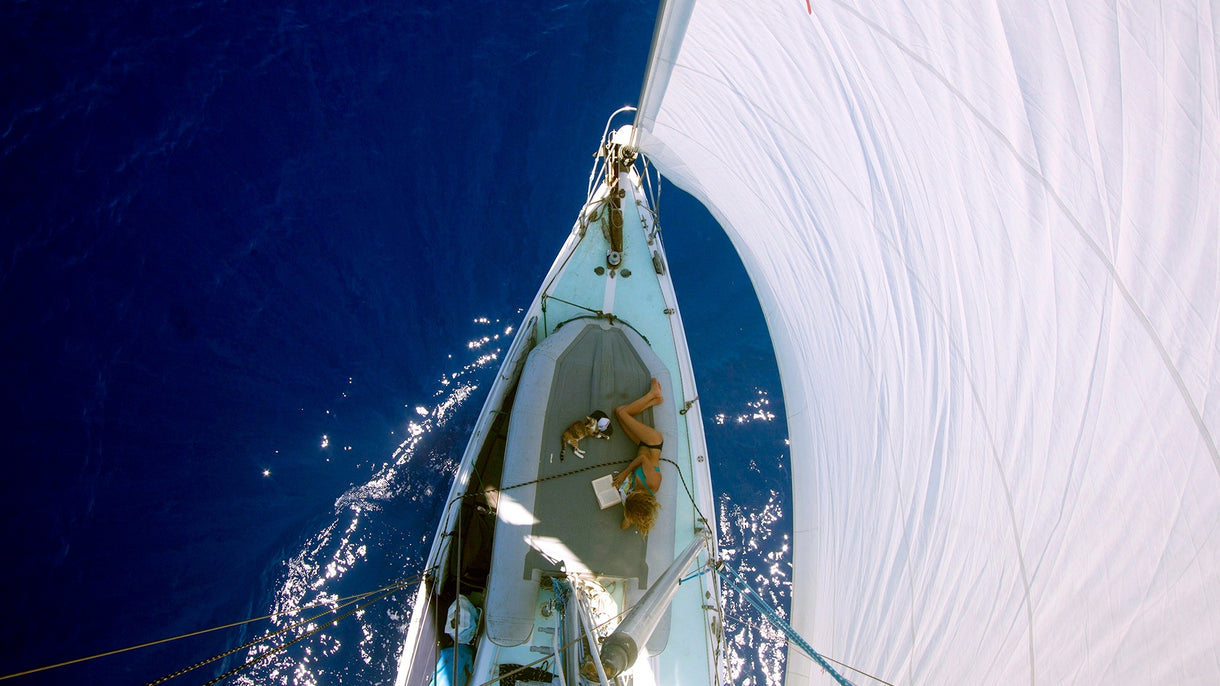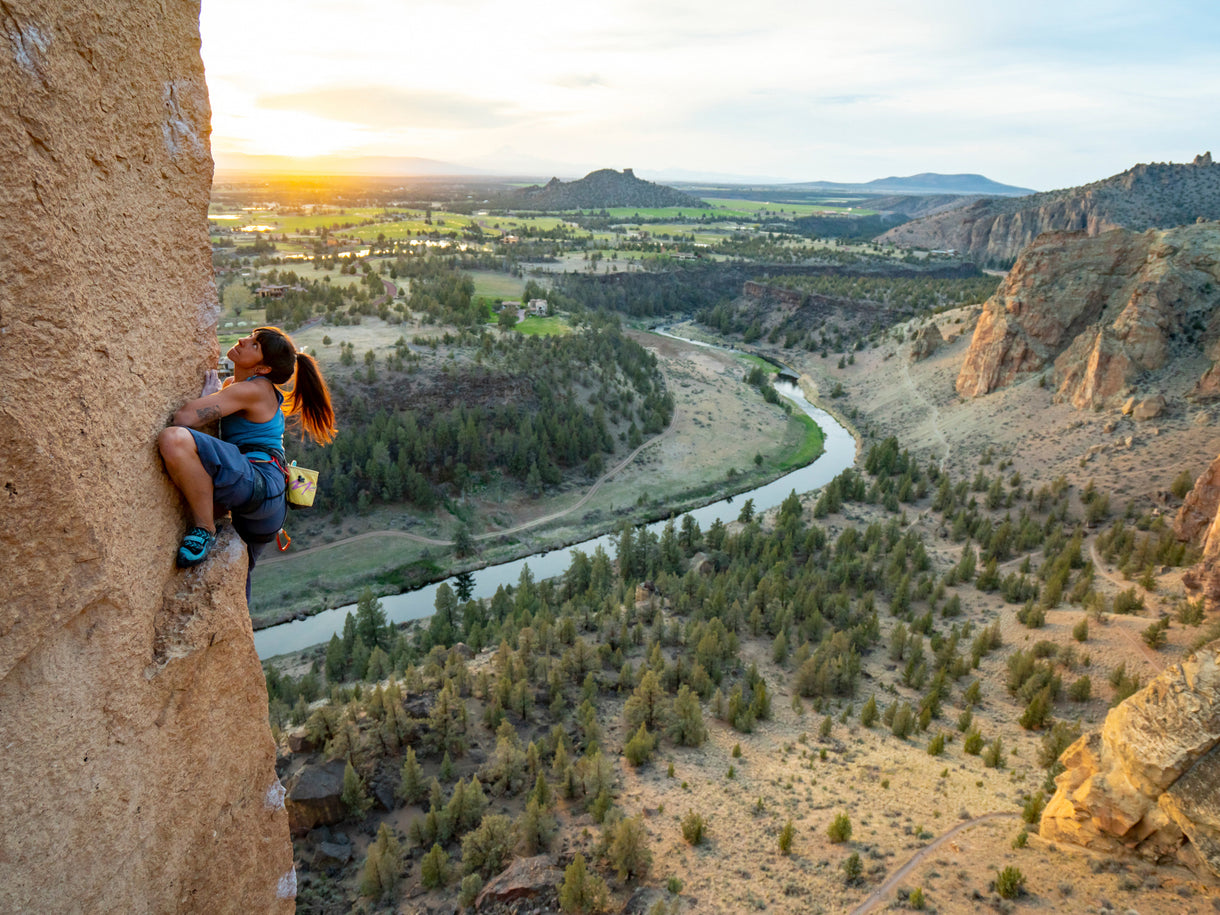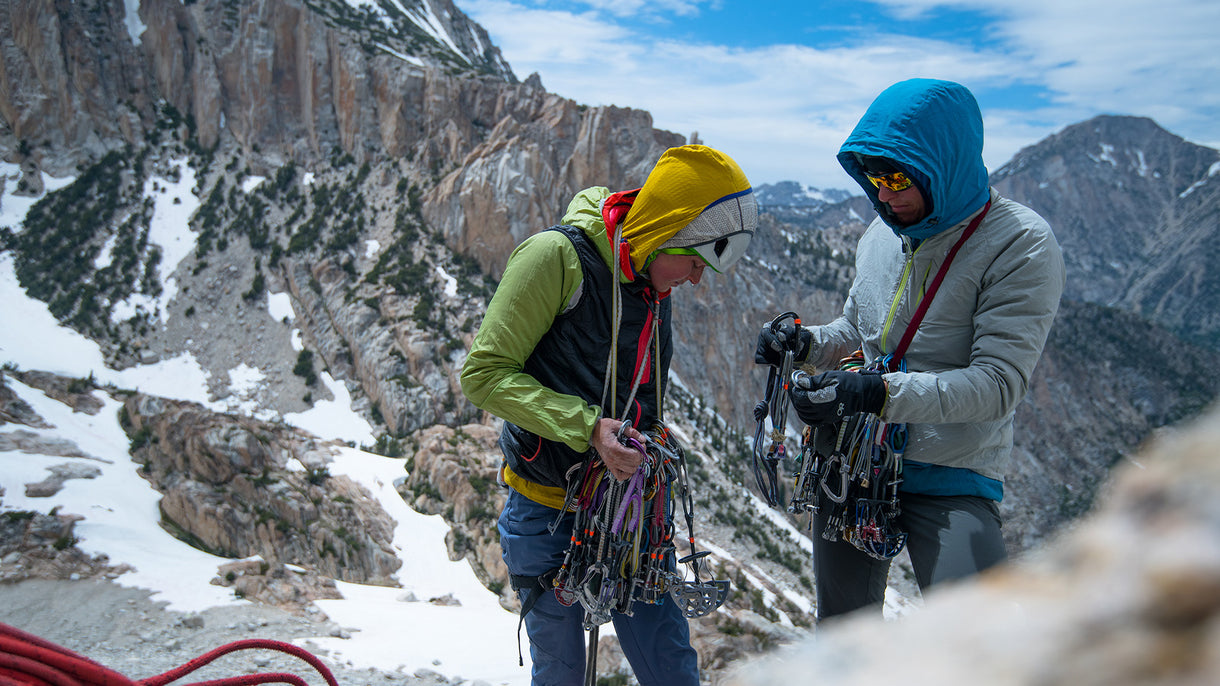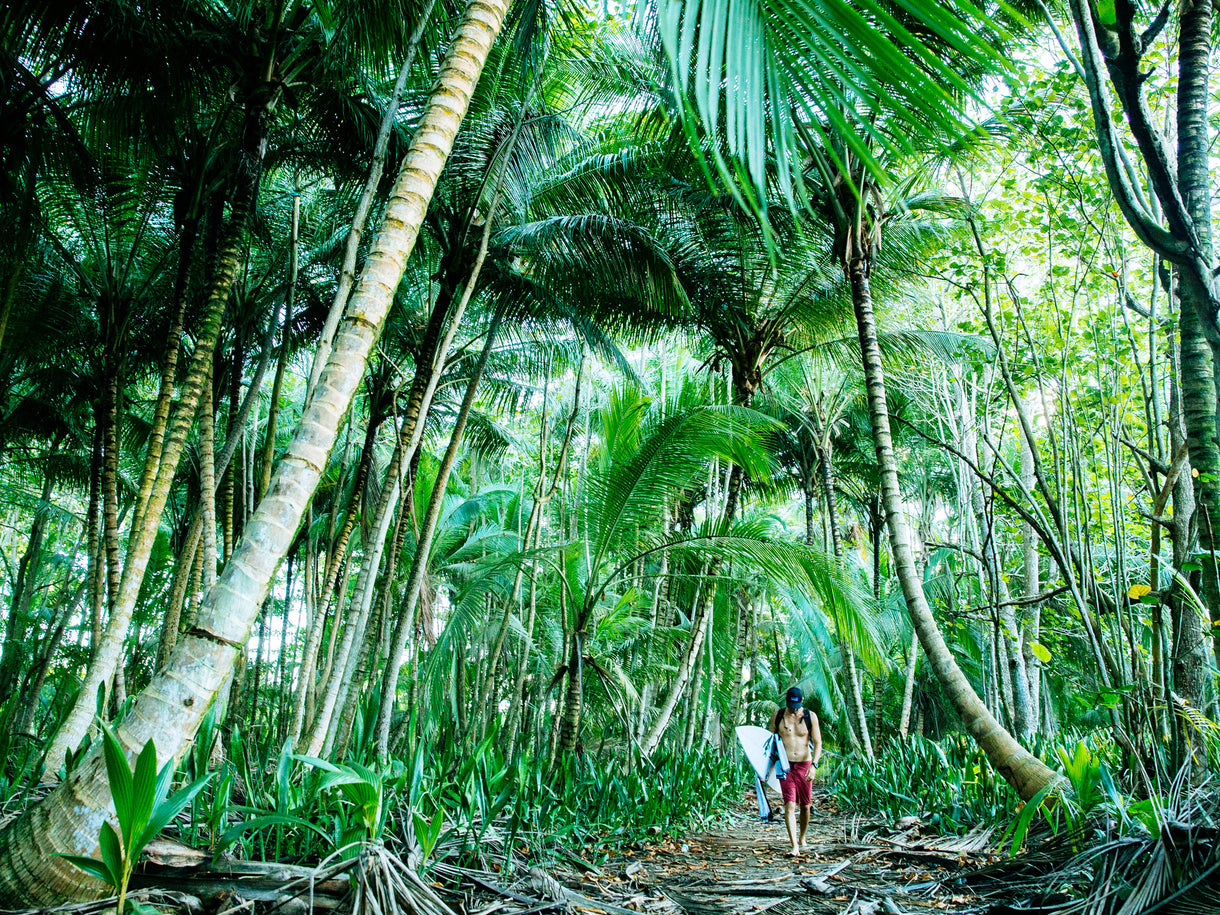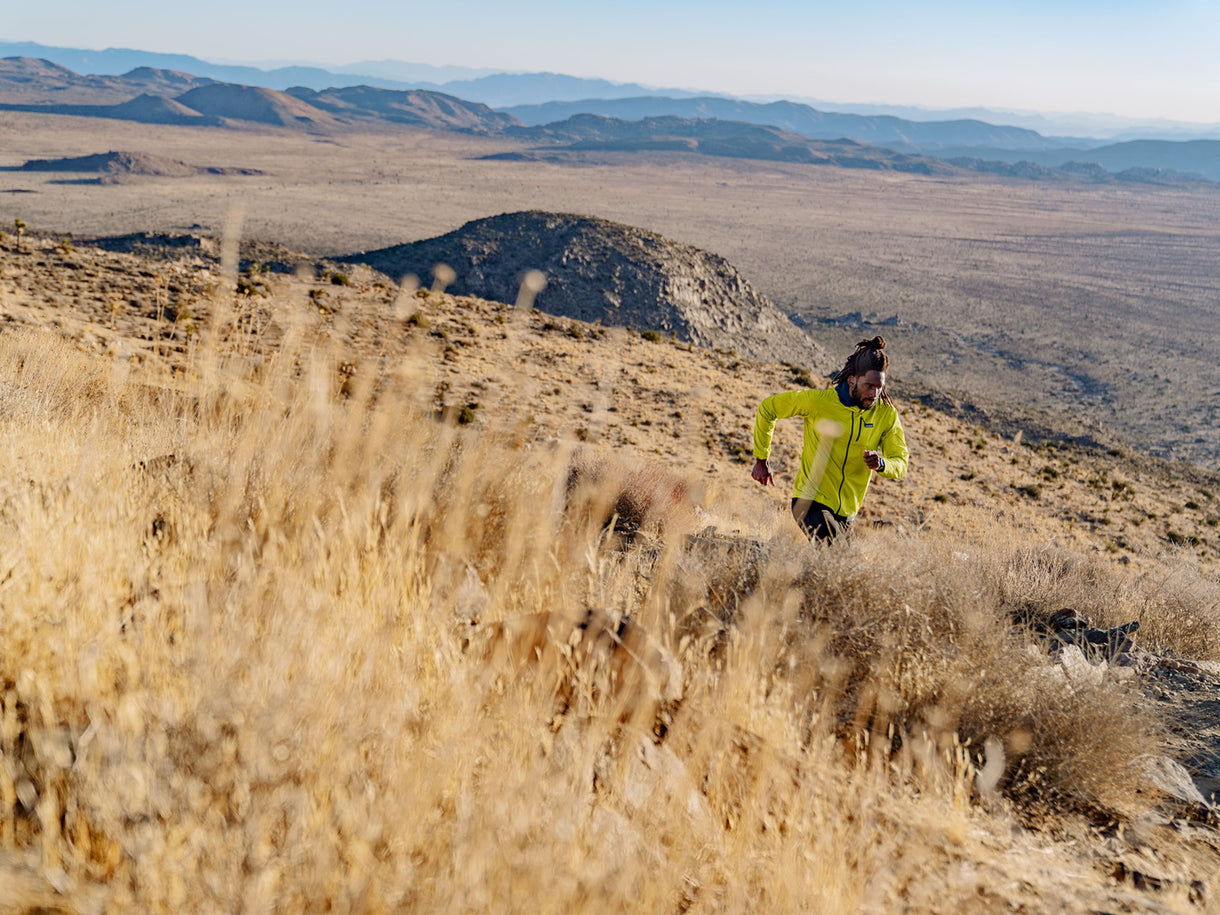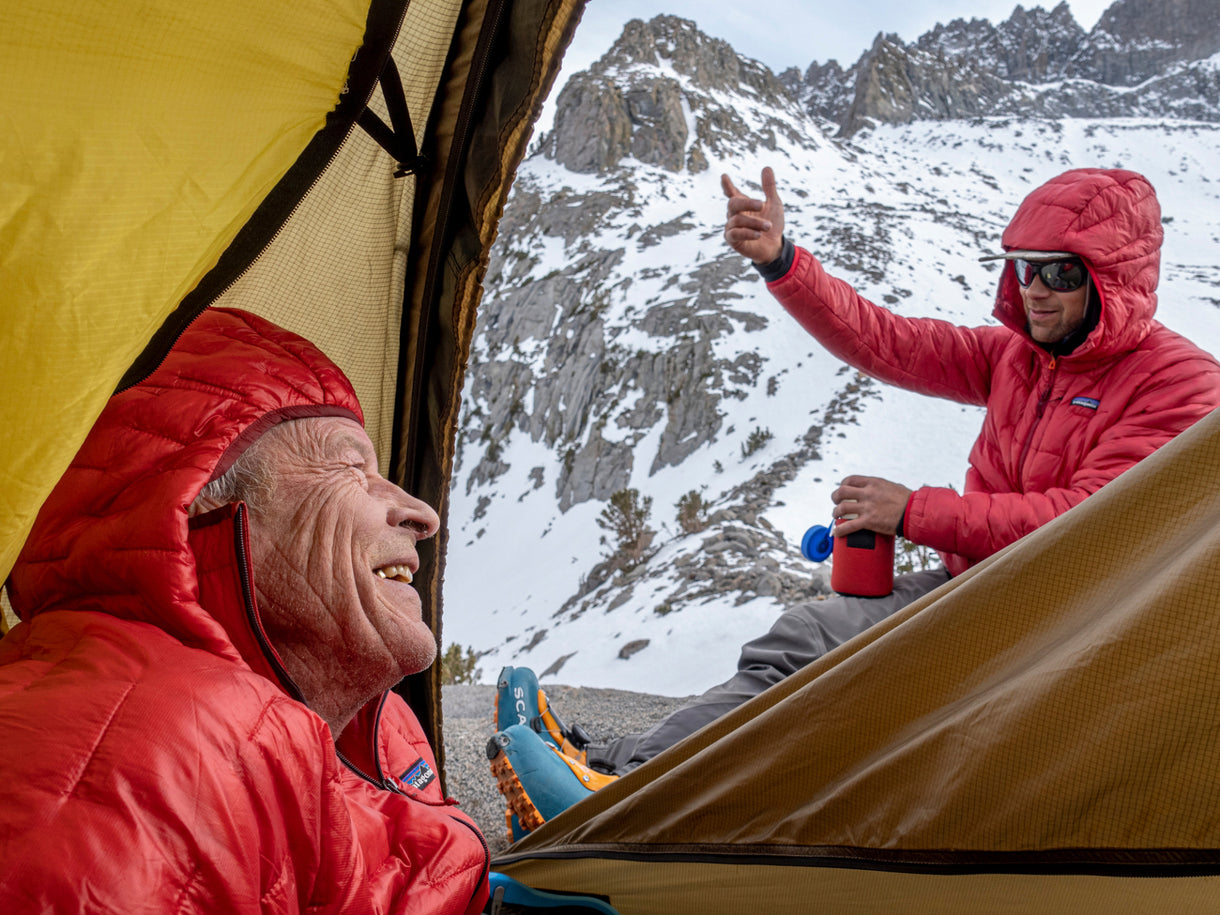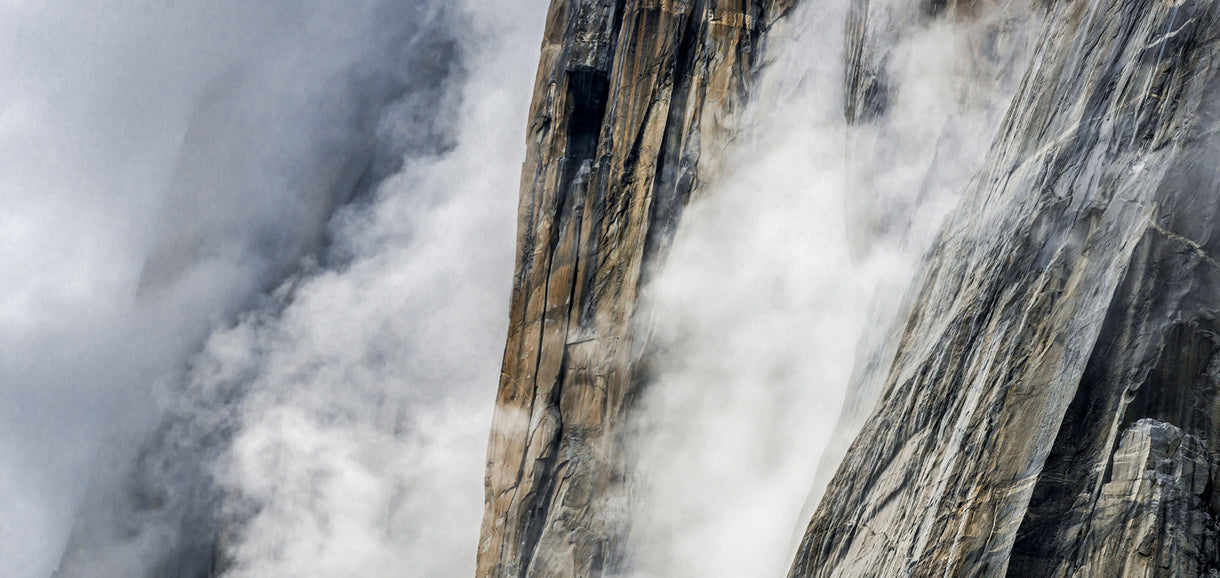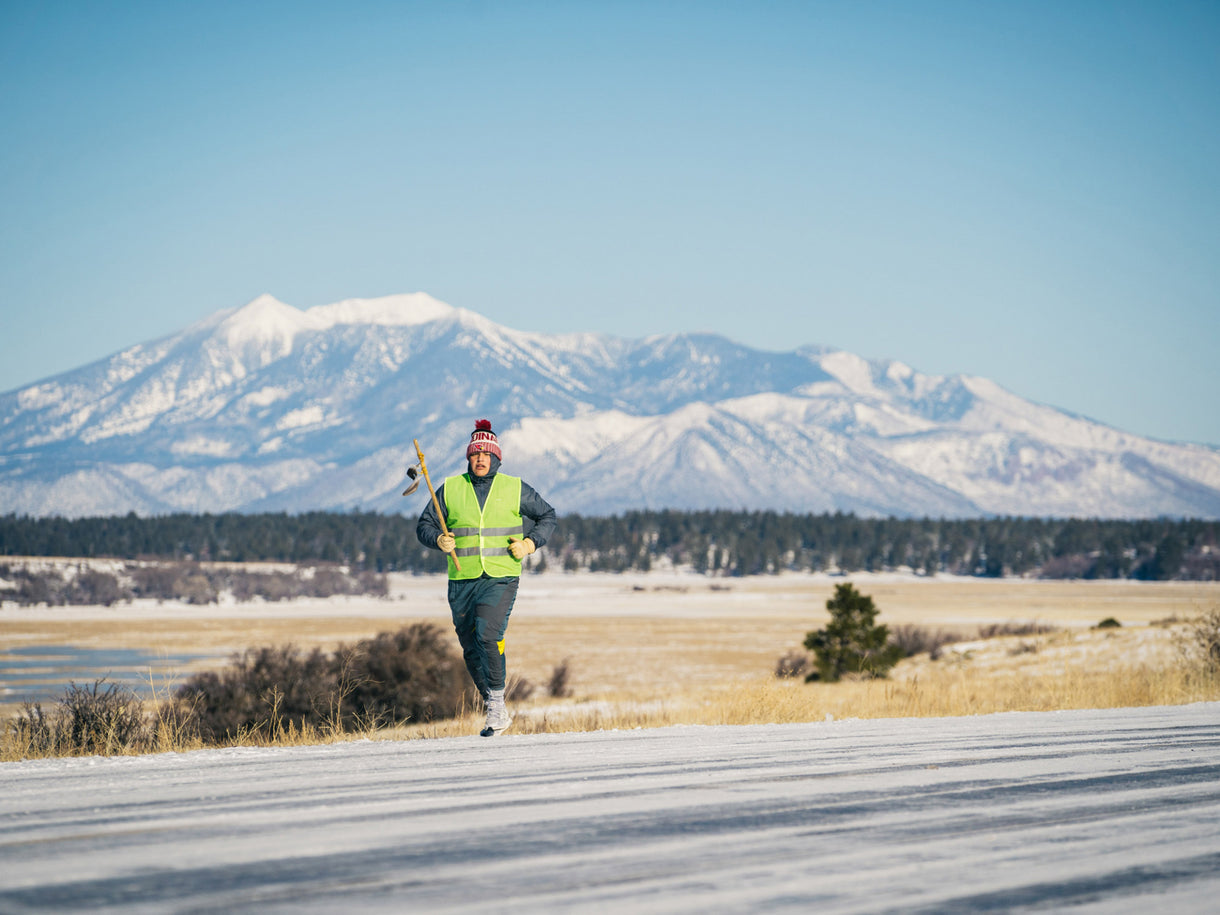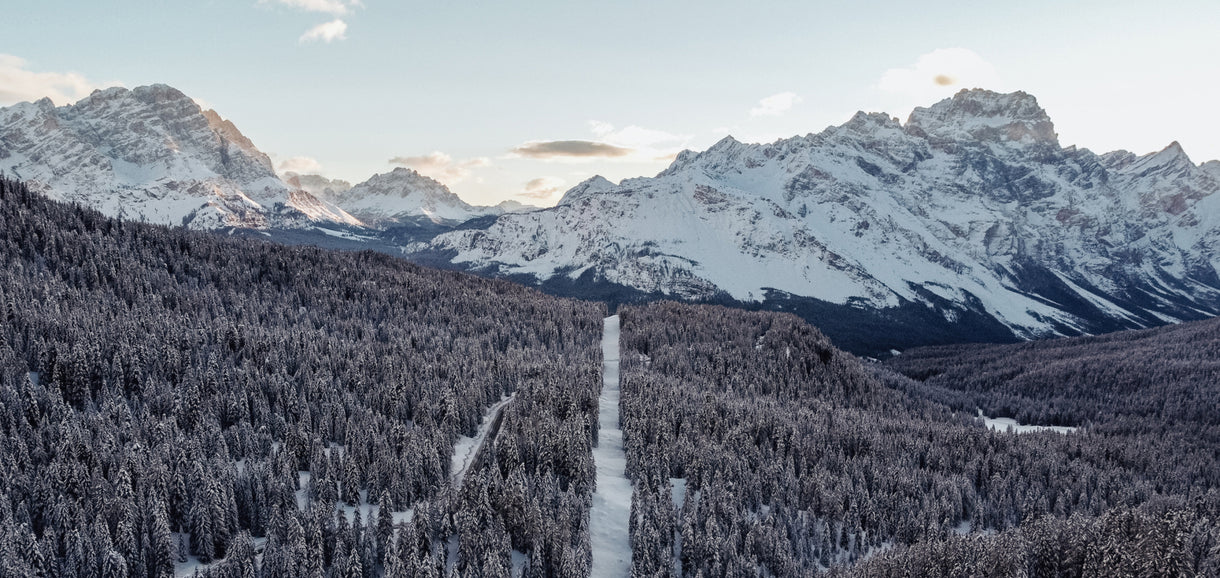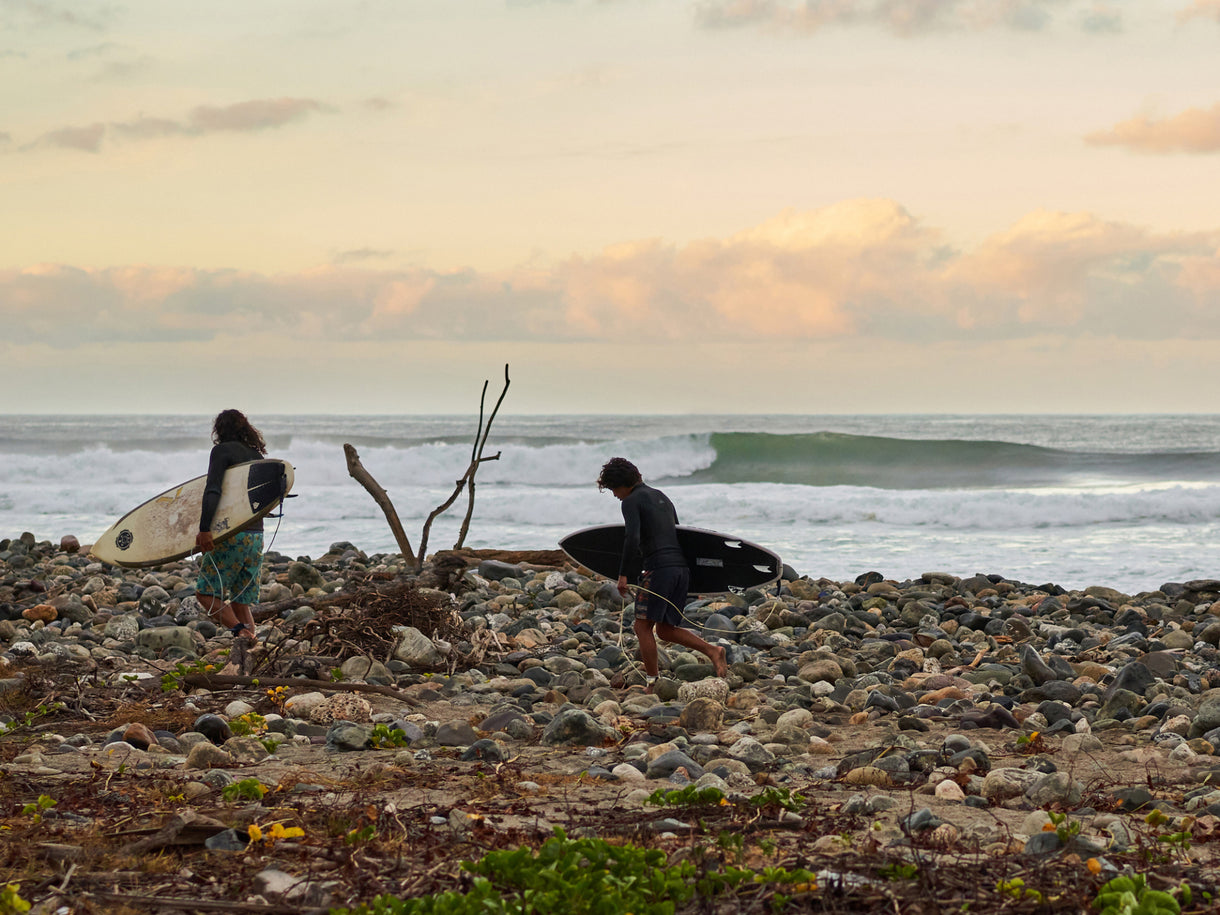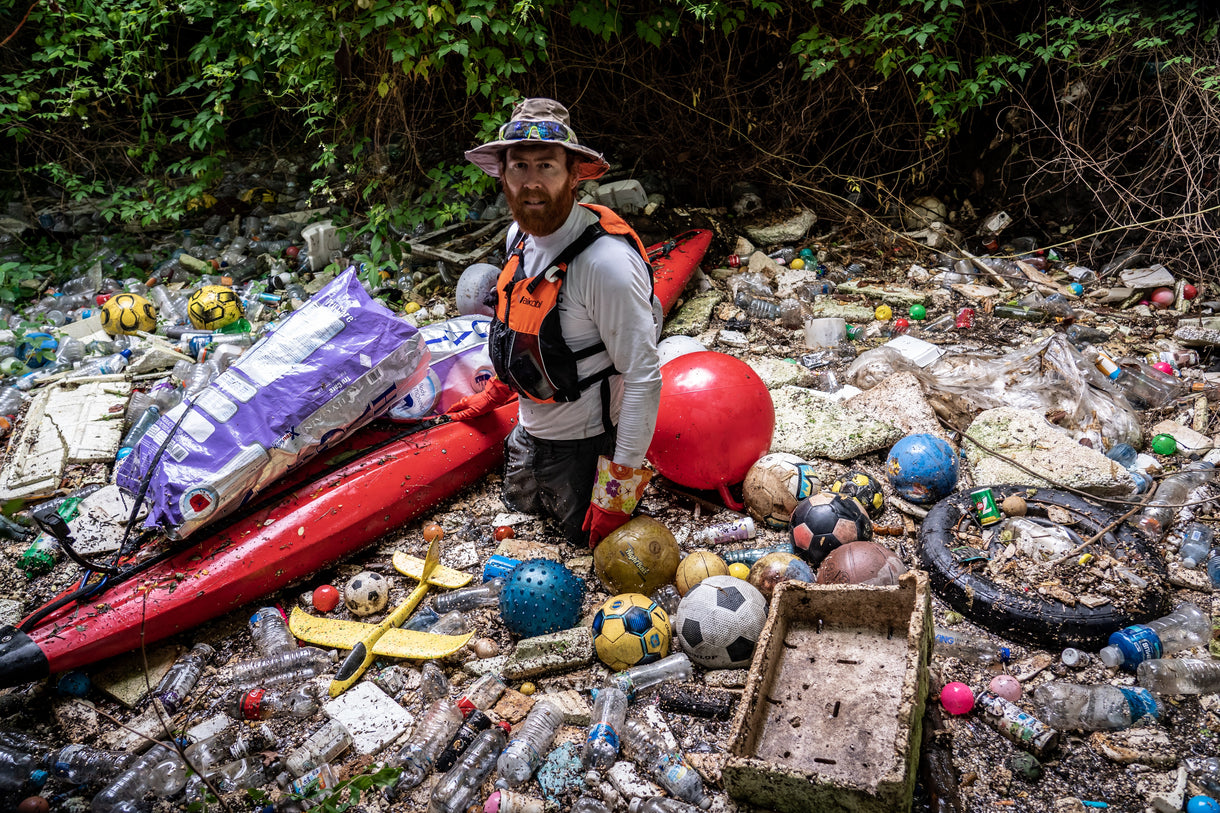I first went deep into the forests of northwestern Tasmania in 1973 in an unsuccessful search for the Tasmanian tiger. That wonderful creature is now accepted as extinct, but the Tarkine remains a stronghold for earth’s next largest marsupial carnivore, the Tasmanian devil. This region is also prime habitat for giant wedge-tailed eagles, white goshawks, wombats, wallabies, platypuses and echidnas. The world’s biggest freshwater invertebrate species is not in the Nile, Amazon or Mississippi but in the comparatively tiny west-flowing rivers of the Tarkine: Astacopsis gouldi is a blue-shelled crayfish, which grows up to a meter in length and six kilograms in weight.
This area—named Tarkine or takayna after the takayna people who lived in large numbers on this coast until brutally displaced by British colonization of the island—is one of the wettest in the southern hemisphere. In these forests thrive five or six meter-high tree ferns almost exactly the same as those fossilized in Antarctica, and species of trees that shared the planet with the dinosaurs more than 60 million years ago.
“Nature is the salve for our souls. We owe it to everyone who comes after us and ourselves, to protect what little is left of wild nature ...”
It remains today a rare gem of natural intactness in a world where the destruction of wild nature is rampant and accelerating. It should also be one of the easiest in the world to protect. Comprising just seven percent of Tasmania, the Tarkine contains the nation’s largest temperate rainforest, a galaxy of its rare and endangered wildlife and some of the richest Aboriginal heritage in the hemisphere. The latter has been inscribed on the National Heritage List. The cleanest air in the world, as measured by the nearby UN monitoring station, blows across the Tarkine’s shores.
Two components of the Tarkine that help make it a prospective World Heritage Area are its wildness and wildlife. Features like its contentious coastline, its modest but very ancient mountain ranges and intervening river valleys and the 180,000 hectares of rainforest (the Tarkine totals close to 500,000 hectares) are wilderness. That is, they remain remote, wild and inspiring bastions of naturalness, unimpacted by roads, ports, towns, factories or mines. Such wildness is rapidly disappearing from the face of the planet.
 Nicole Anderson stands in front of a single eucalyptus tree, the only one left standing in a fresh clearfell. Photo: Mikey Schaefer
Nicole Anderson stands in front of a single eucalyptus tree, the only one left standing in a fresh clearfell. Photo: Mikey Schaefer
In the 1970s, as a young family doctor in Launceston, Tasmania’s second largest city, I came to the conclusion that most people visited me because of stress: They exhibited high blood pressure, stomach ulcers, skin rashes or insomnia due to the stress of modern civilization. Walking or rafting in the wilds, it also became clear to me that nature is the greatest resource for human relaxation, inspiration, adventure and serenity. It makes no sense to be cutting down, digging up or damming the little bit of truly wild nature we have while building more tranquilizer factories.
Nature is the salve for our souls. We owe it to everyone who comes after us and ourselves, to protect what little is left of wild nature on planet Earth, which, so far as we know, is the only living place in the universe. The Tarkine is our test.
I, for one, am here to defend the wildness which was the universe of the takayna people when they, like the forbearers of us all, lived in awe of and harmony with this one planet which cradled us into existence. What a simple and sensible thing that we should want to stir the world into action to protect the wildness of the Tarkine.
Watch the full film: takayna
Weaving together the conflicting narratives of activists, locals and Aboriginal communities, and told through the experiences of a trail running doctor and a relentless environmentalist, this documentary, presented by Patagonia Films, unpacks the complexities of modern conservation and challenges us to consider the importance of our last truly wild places.

